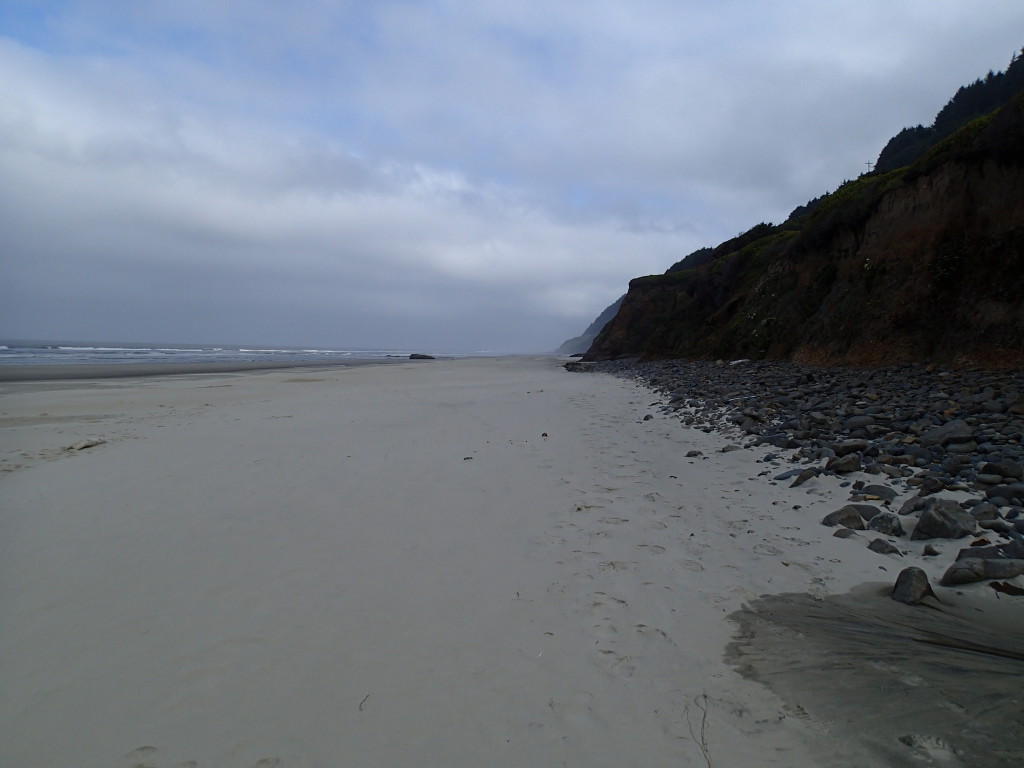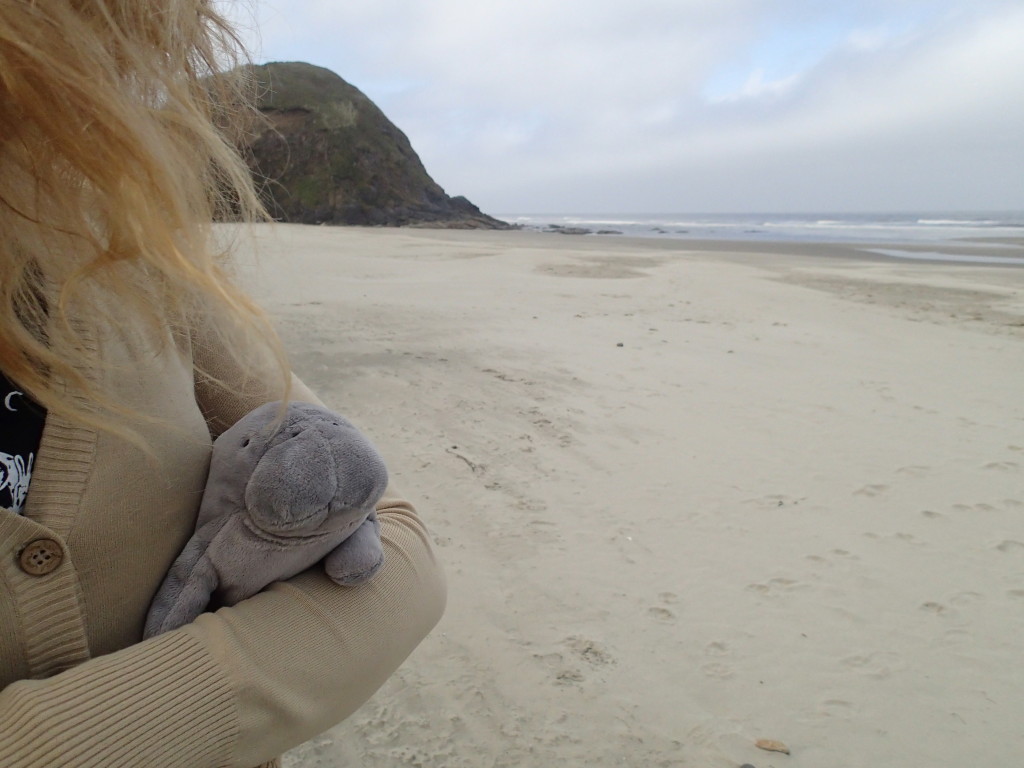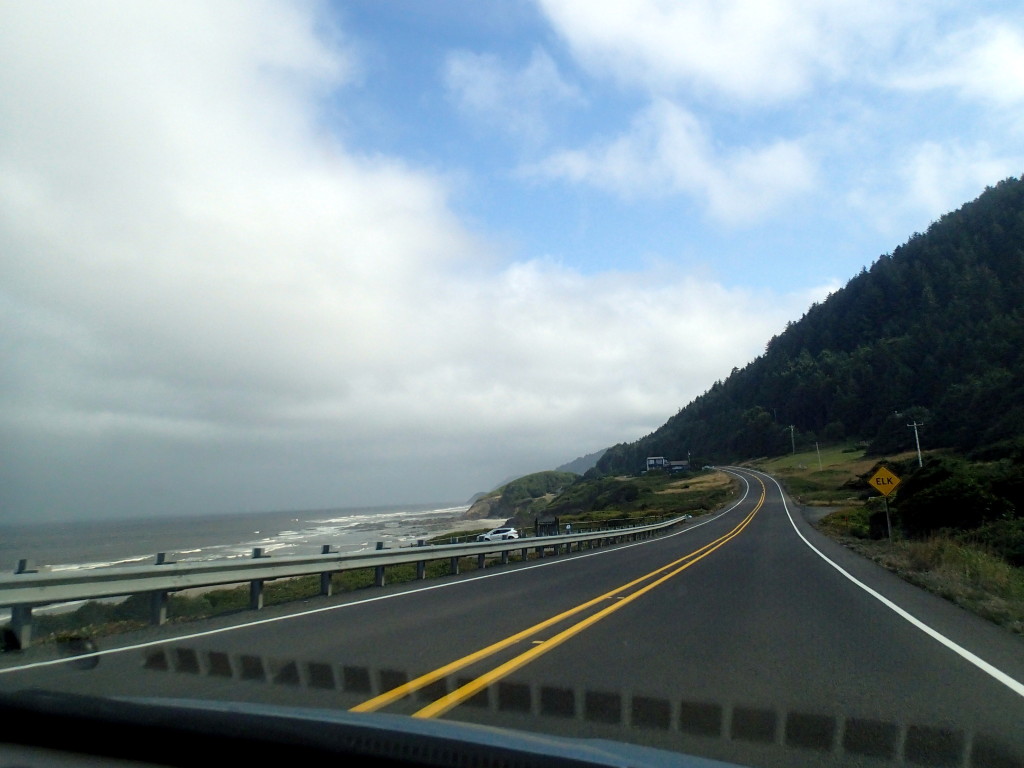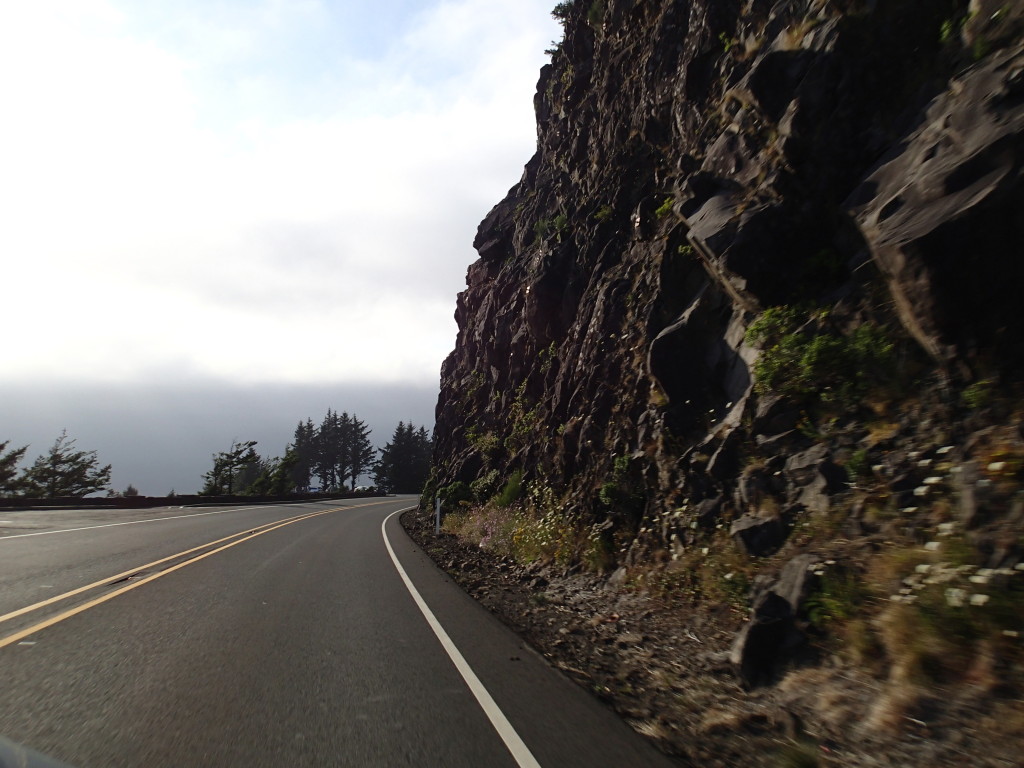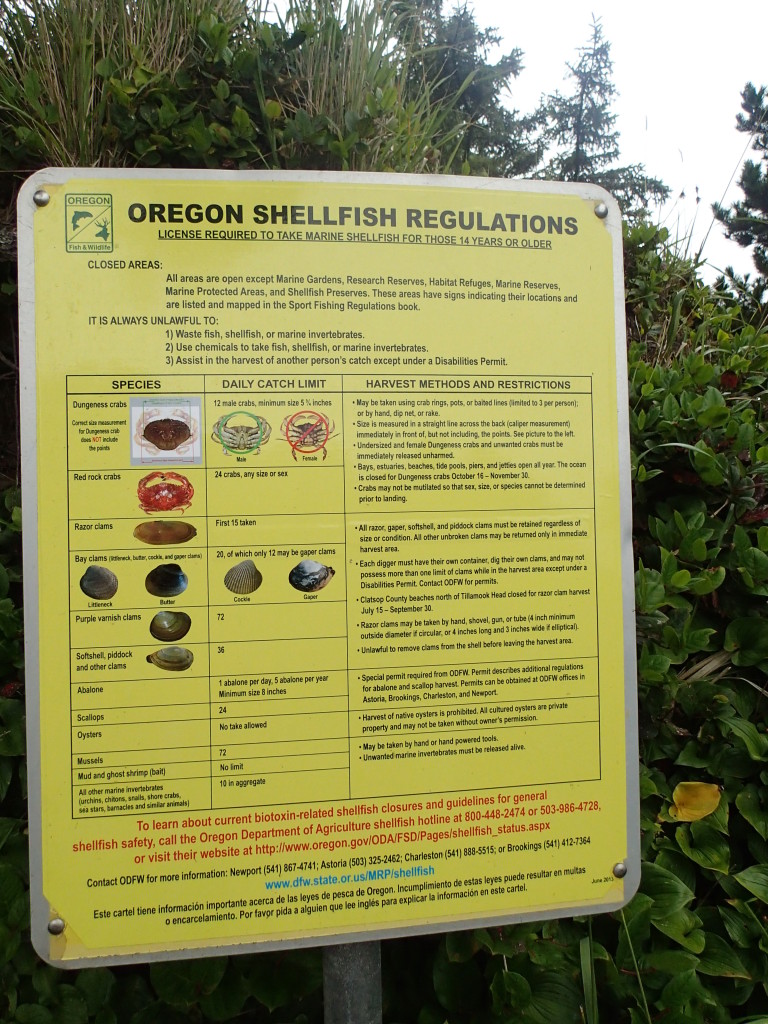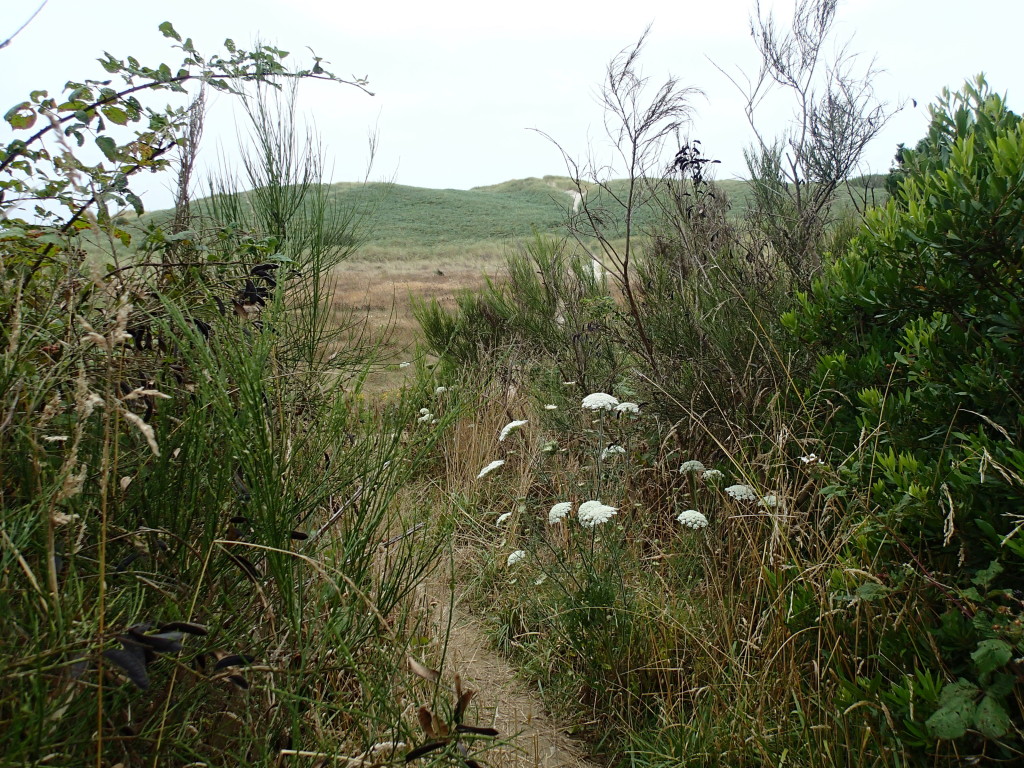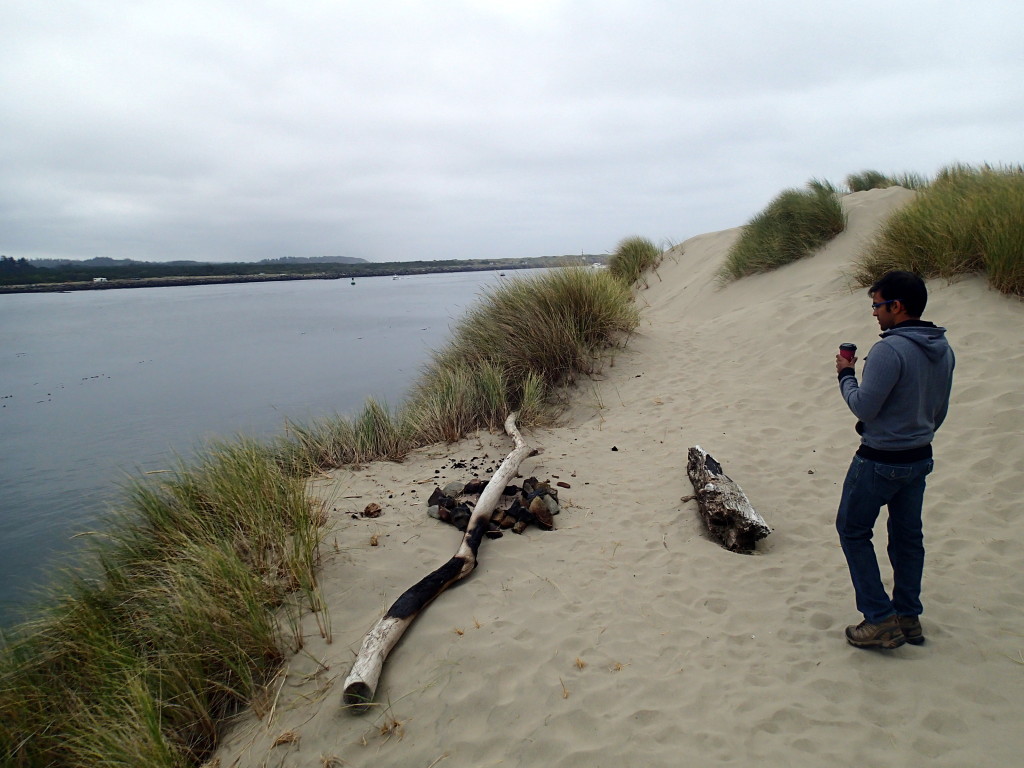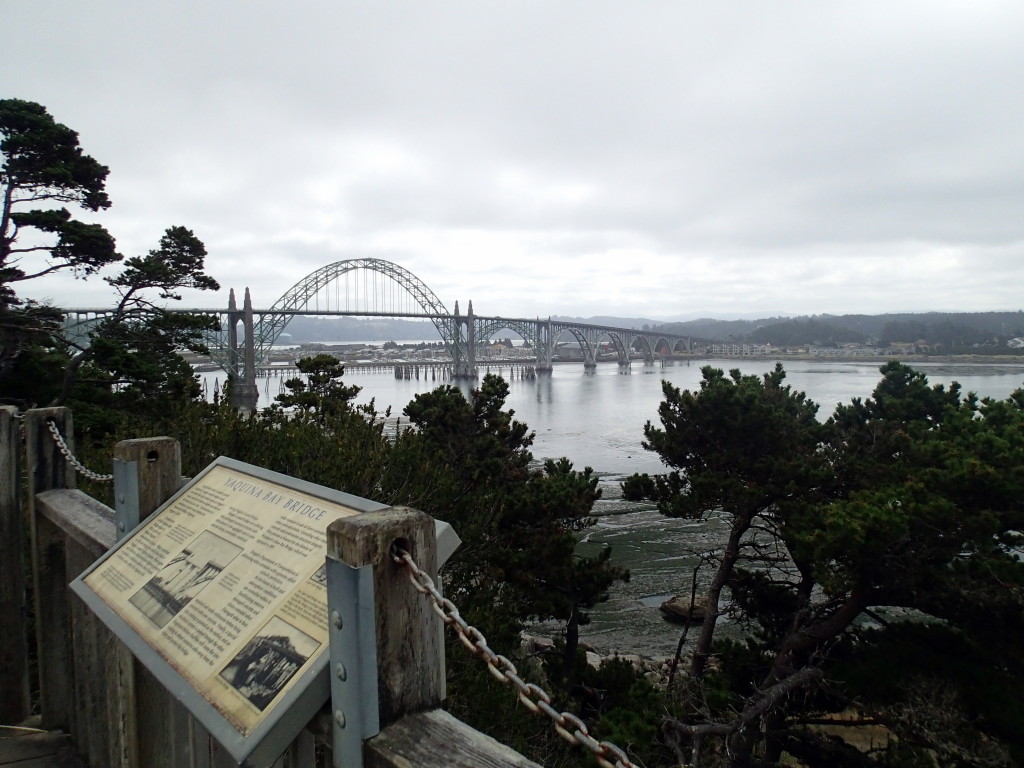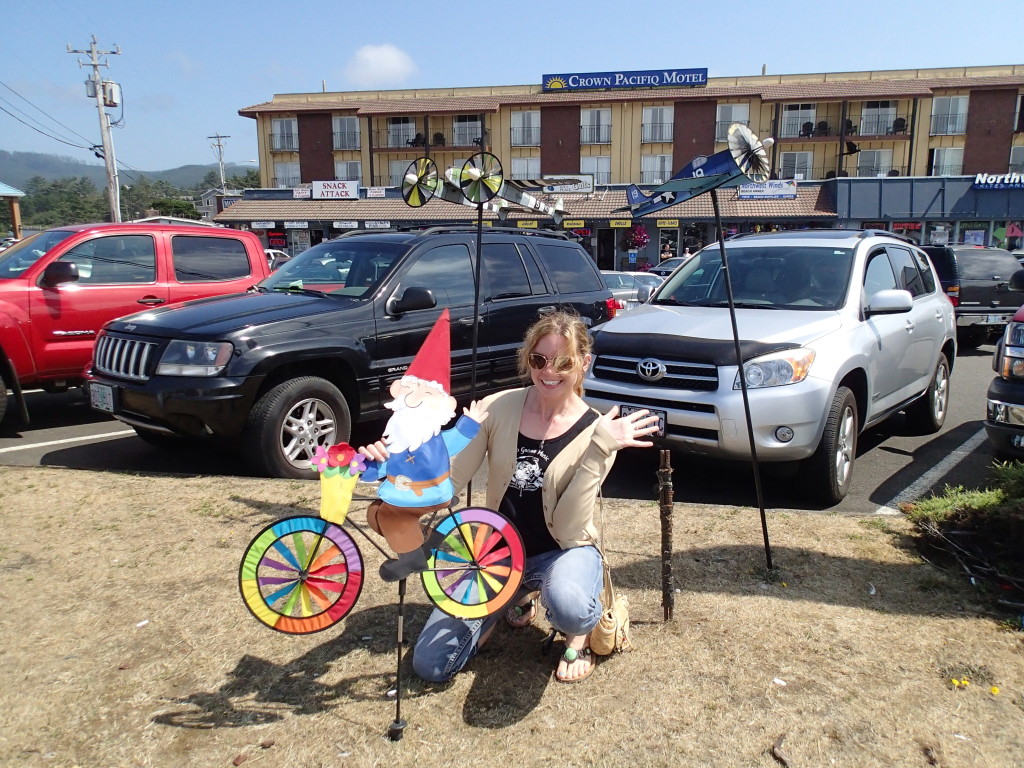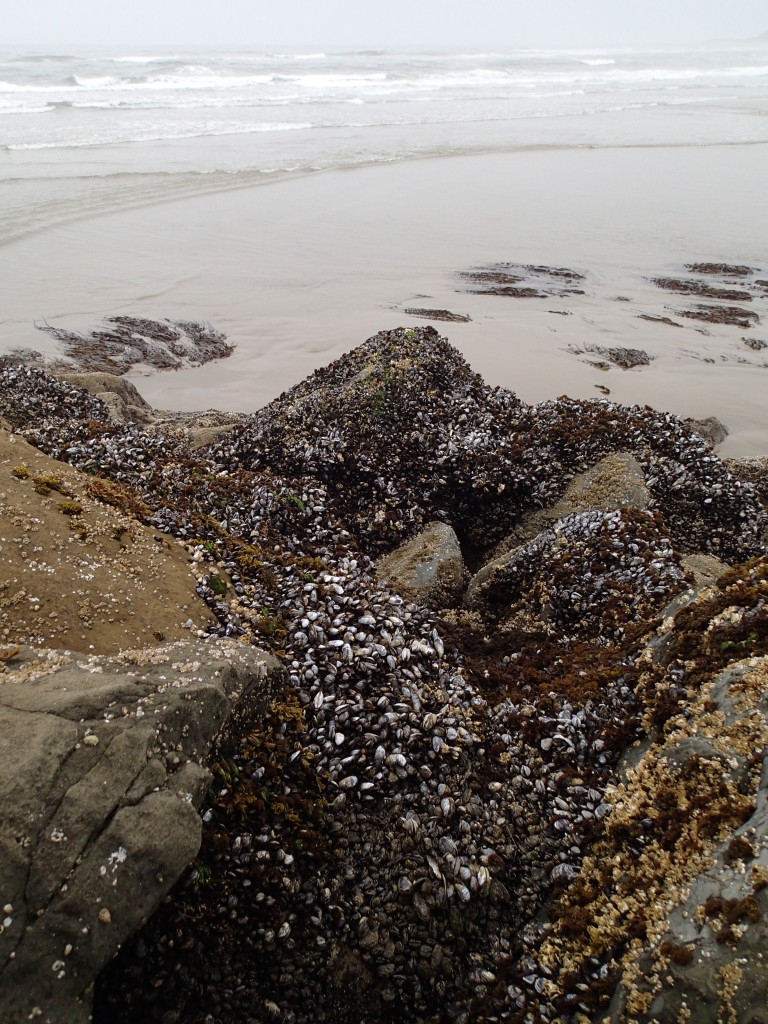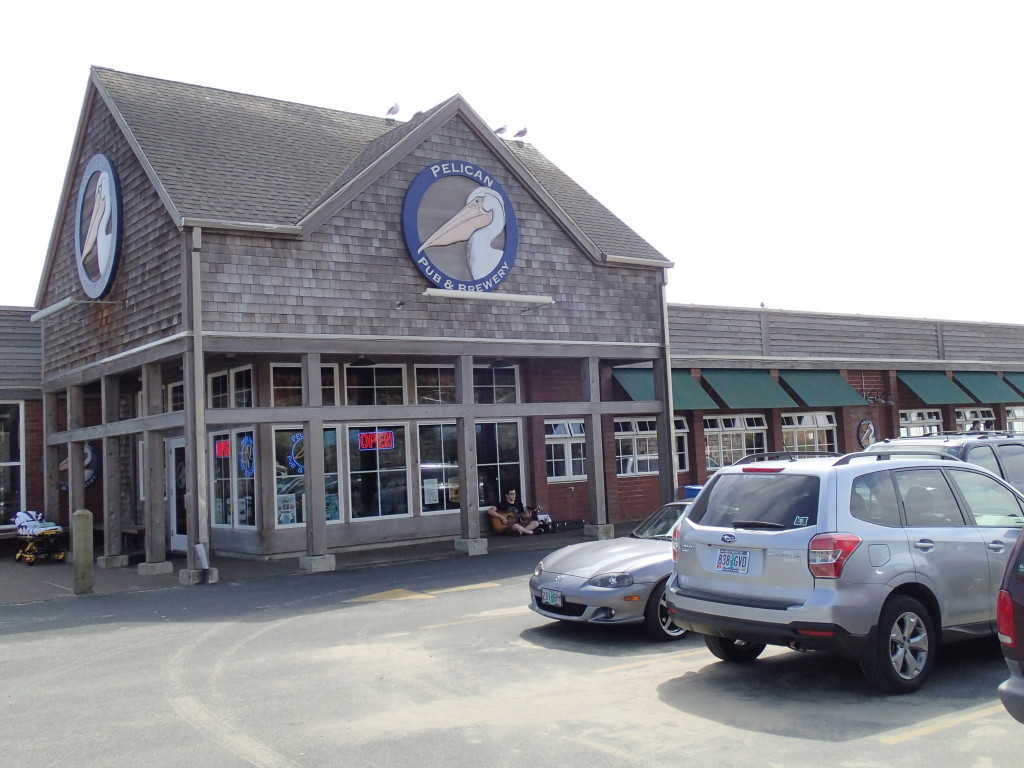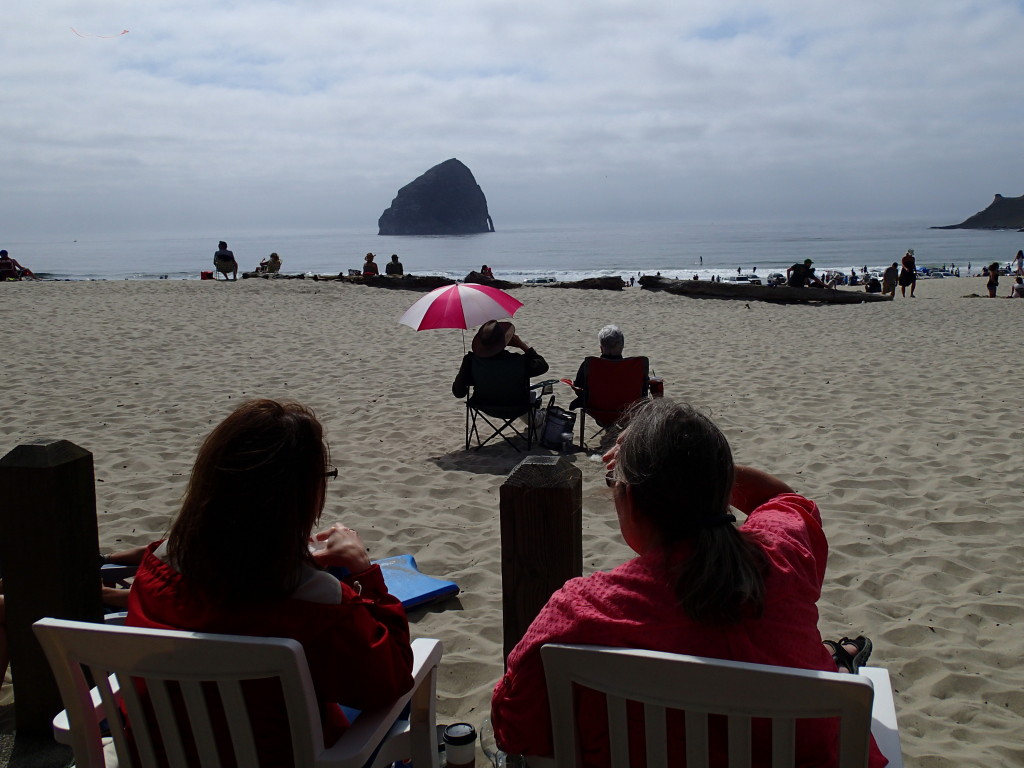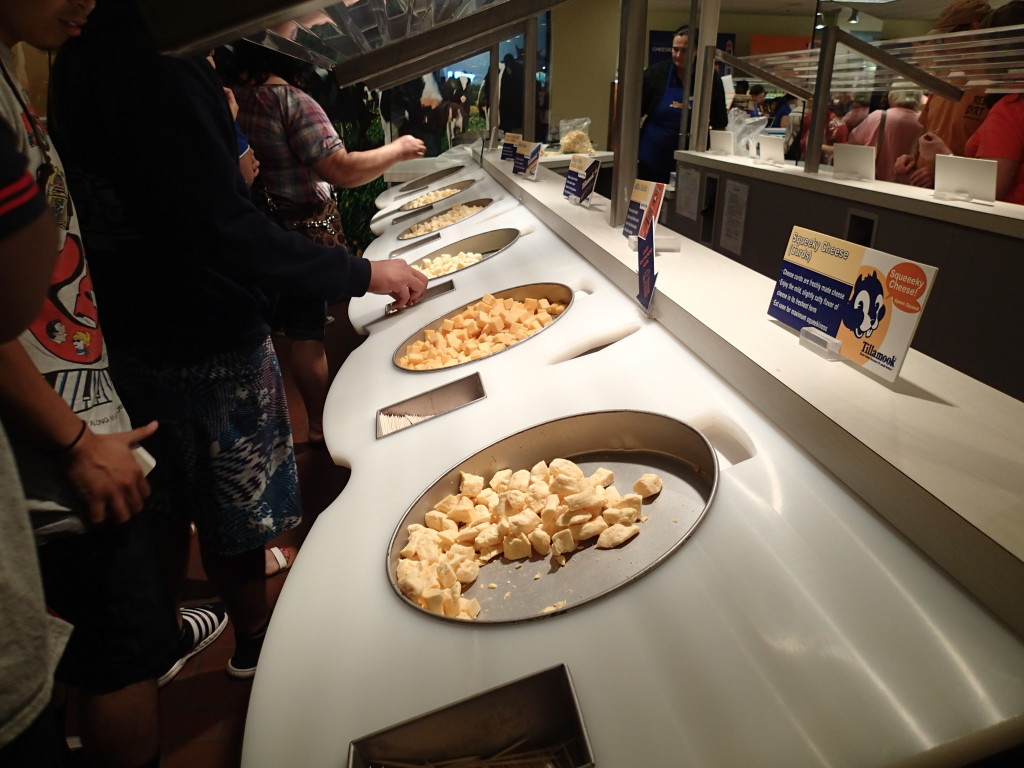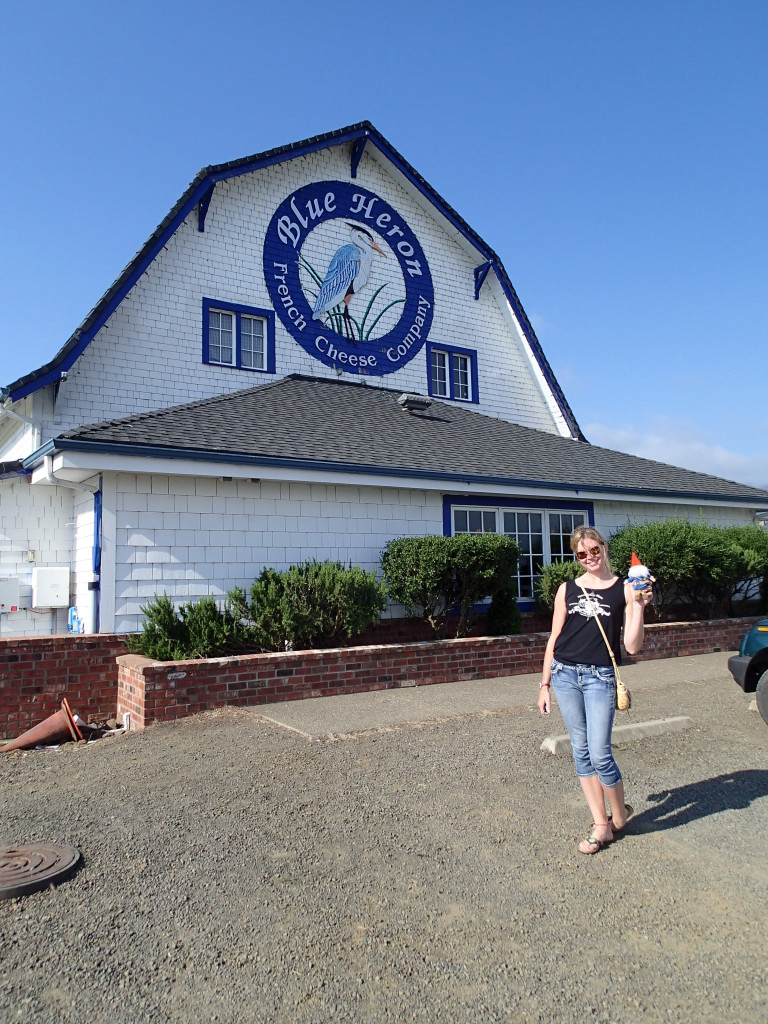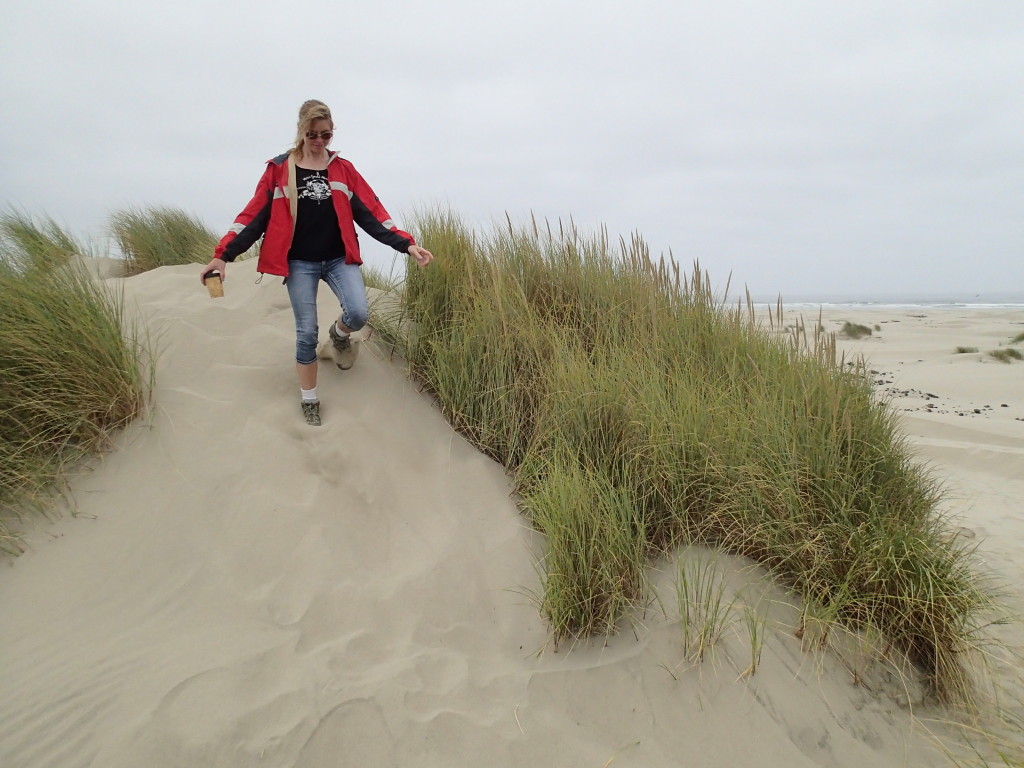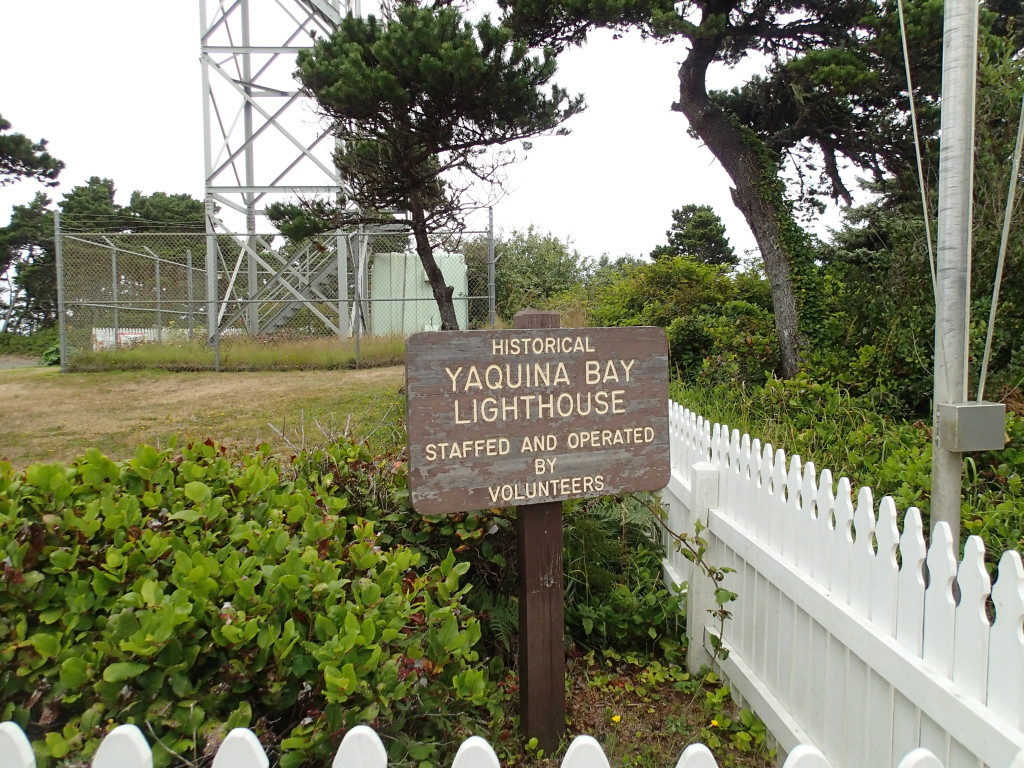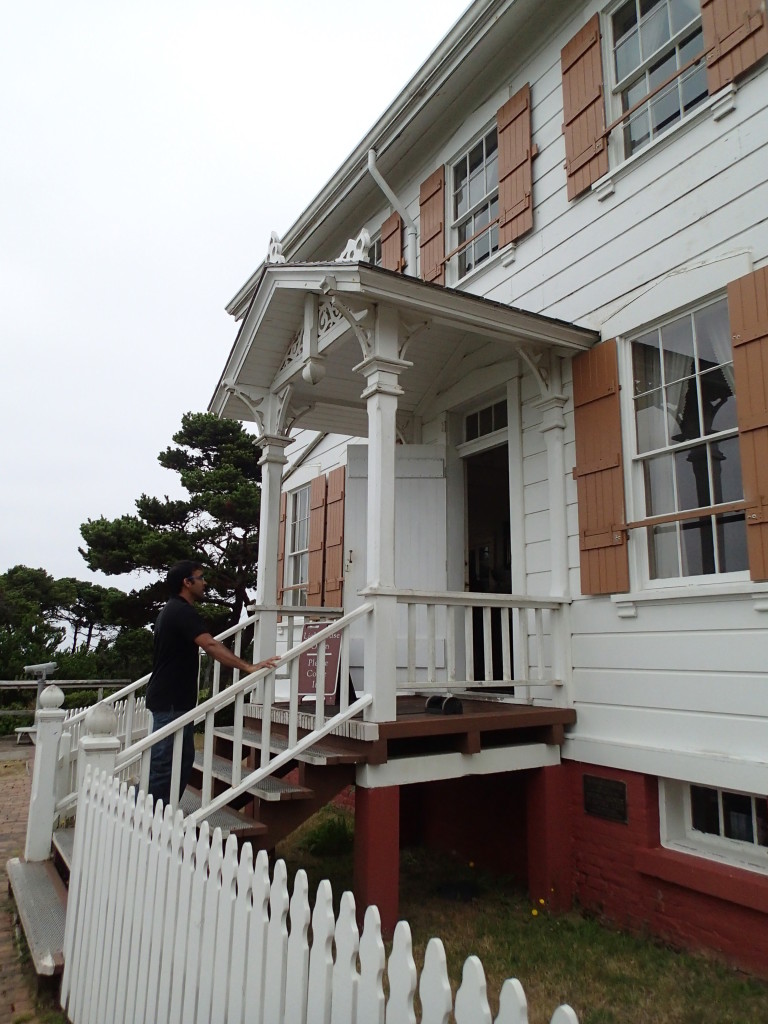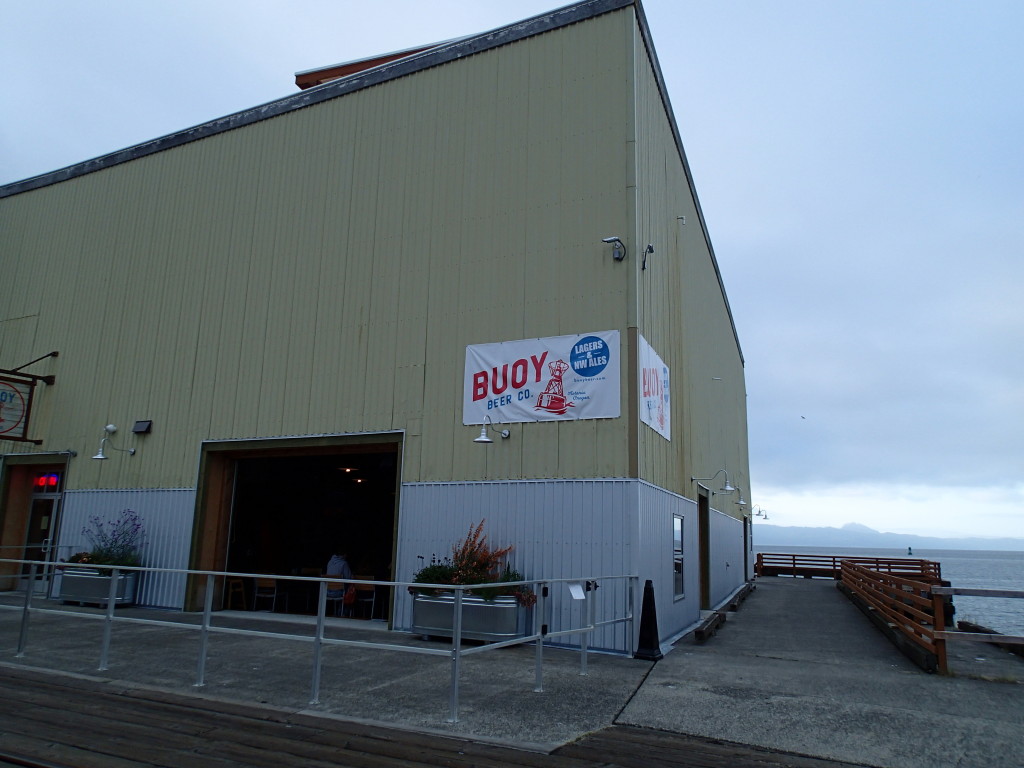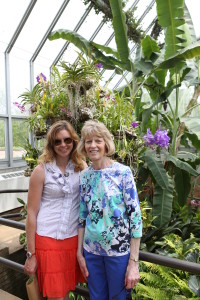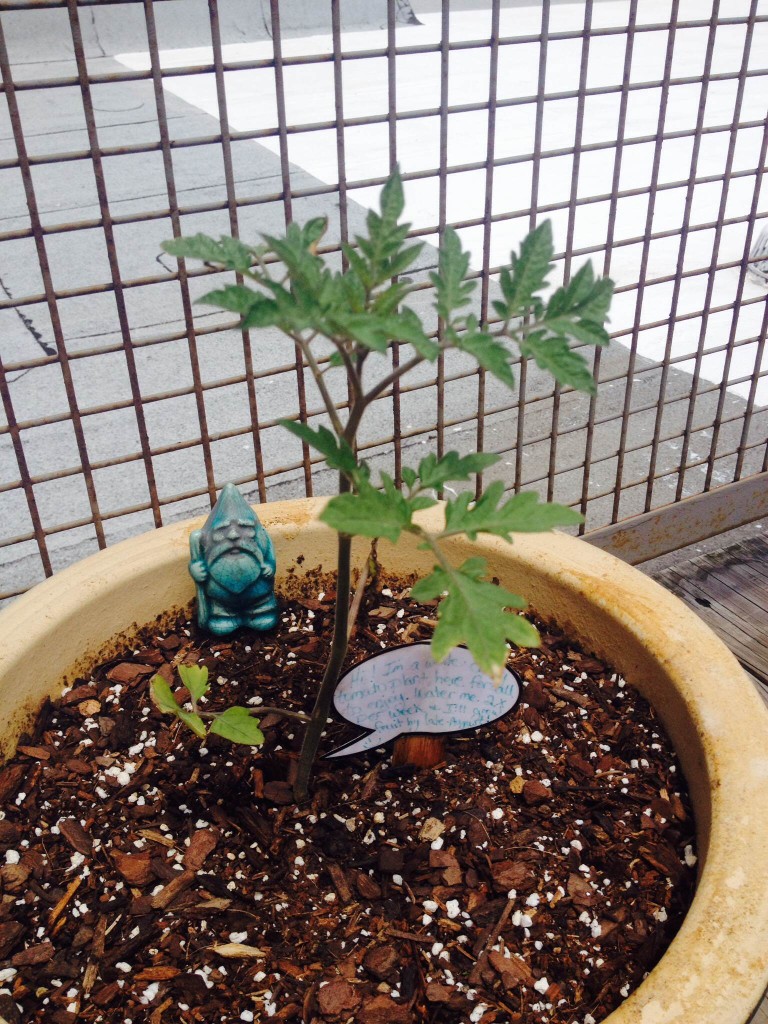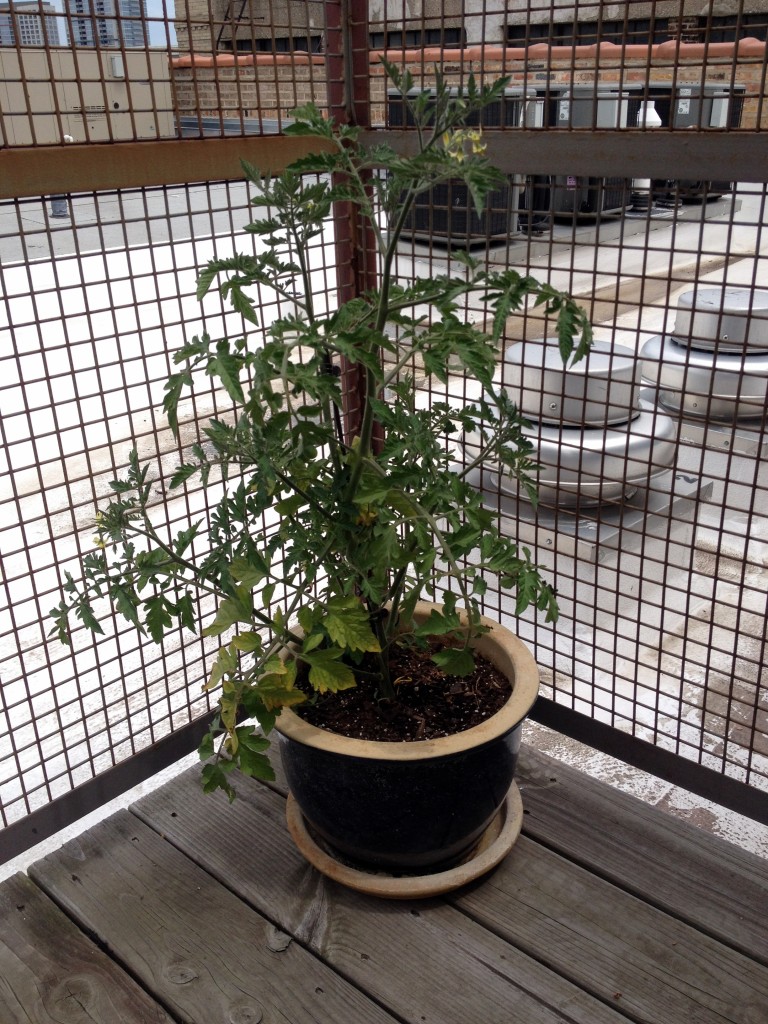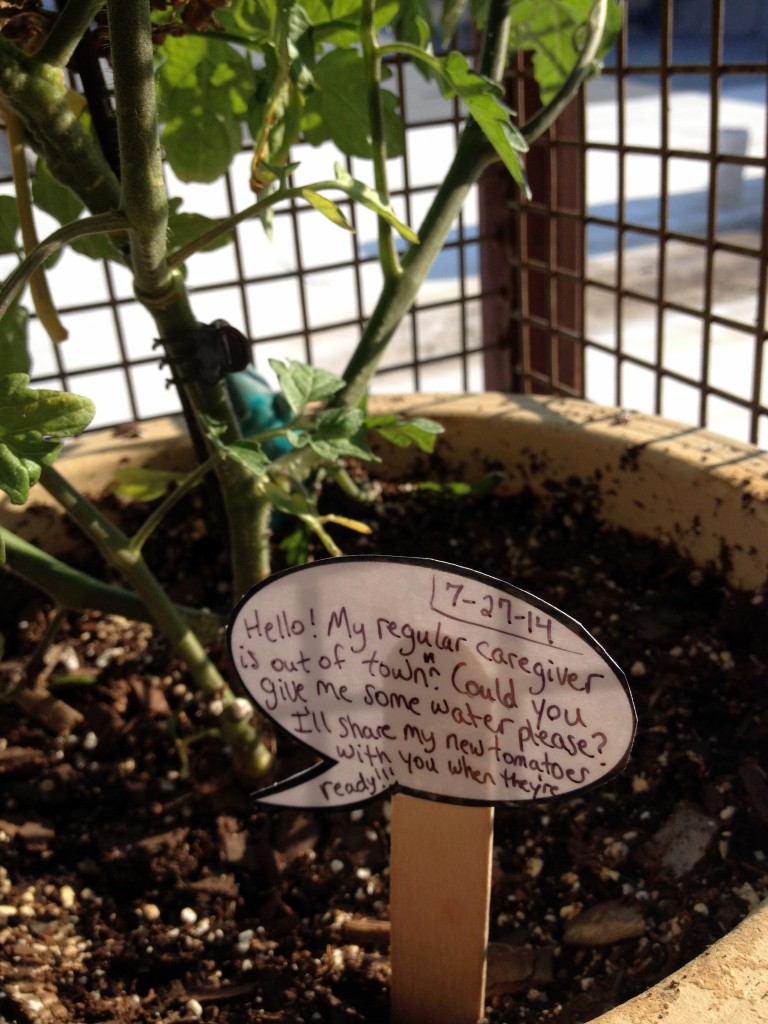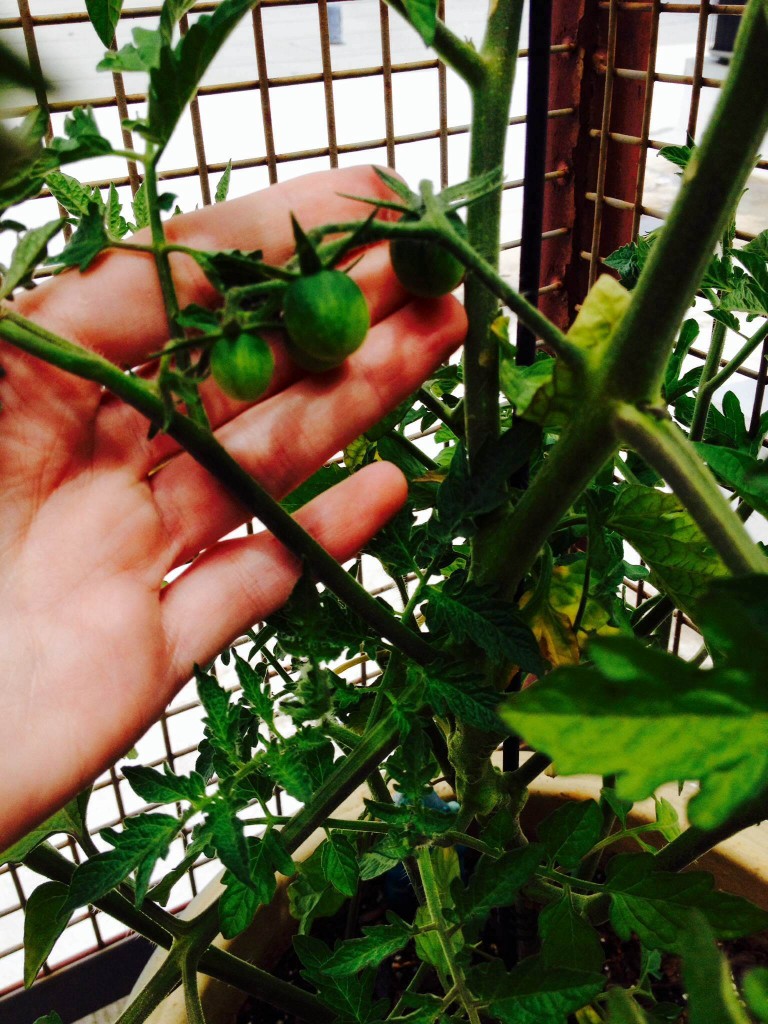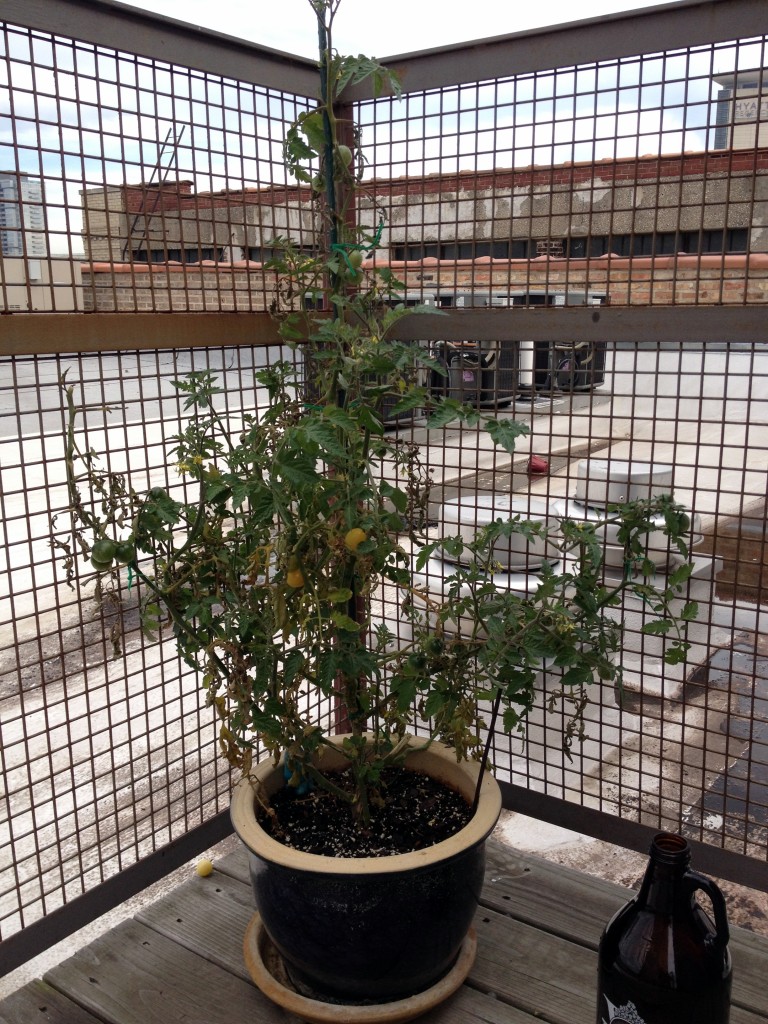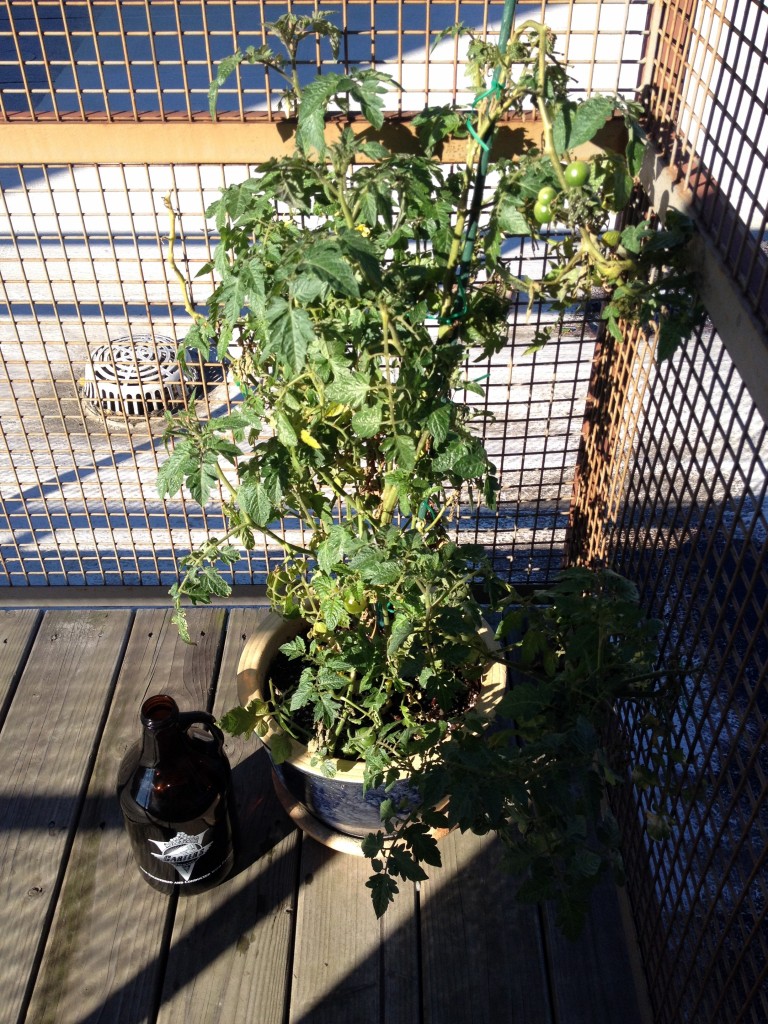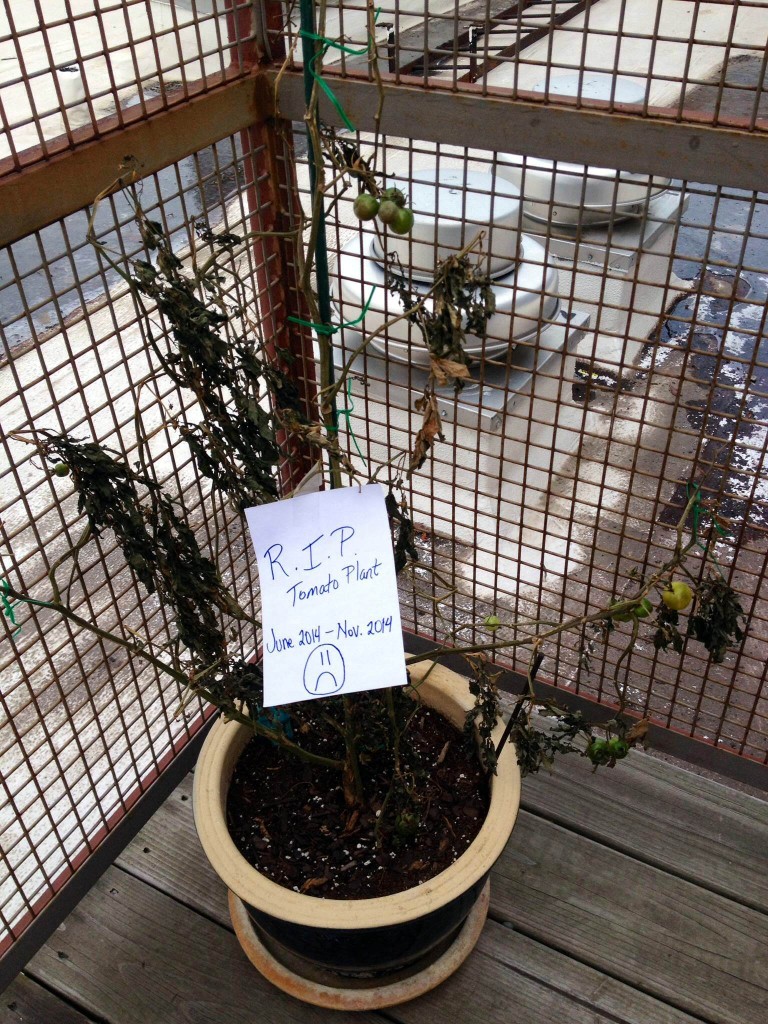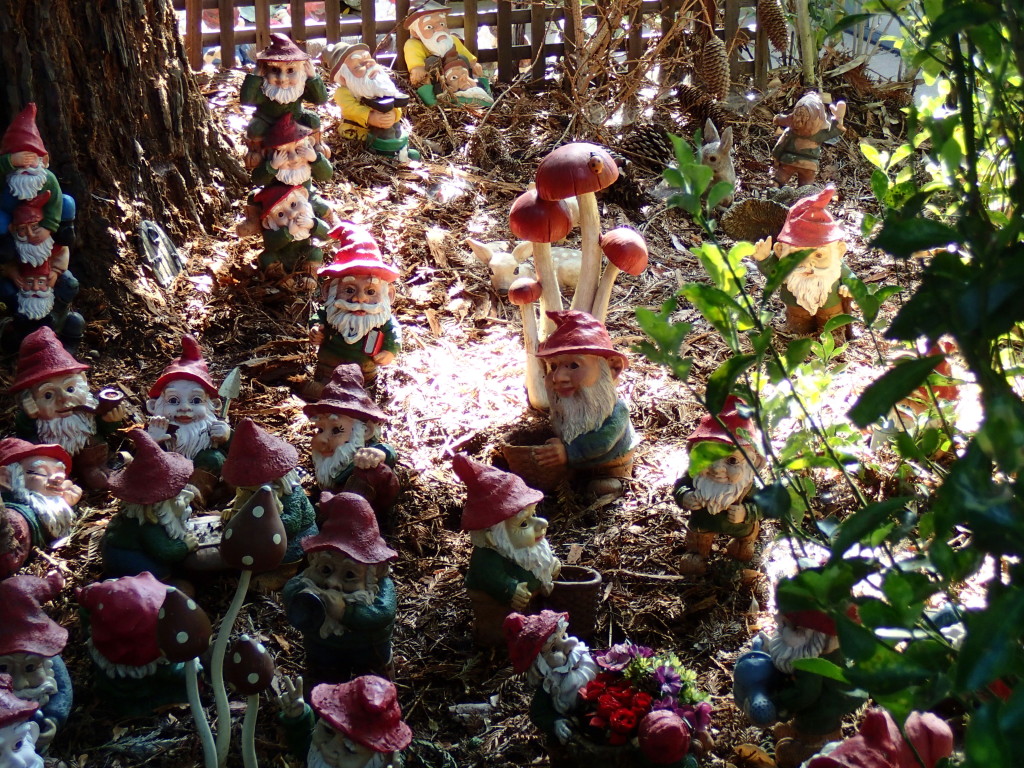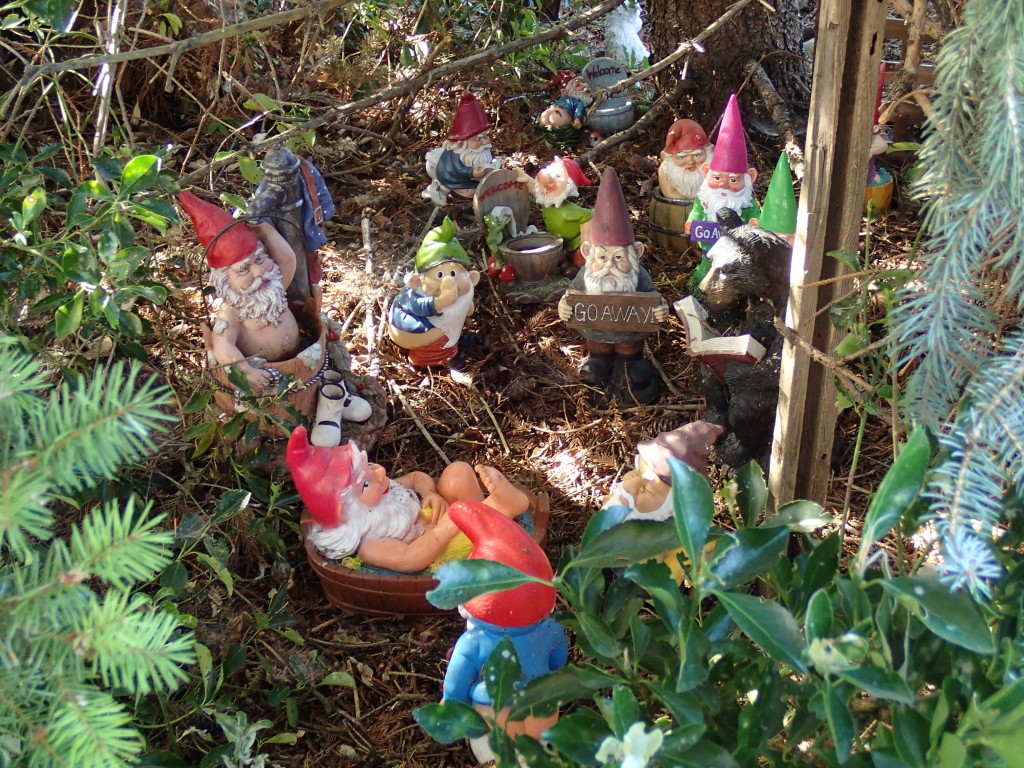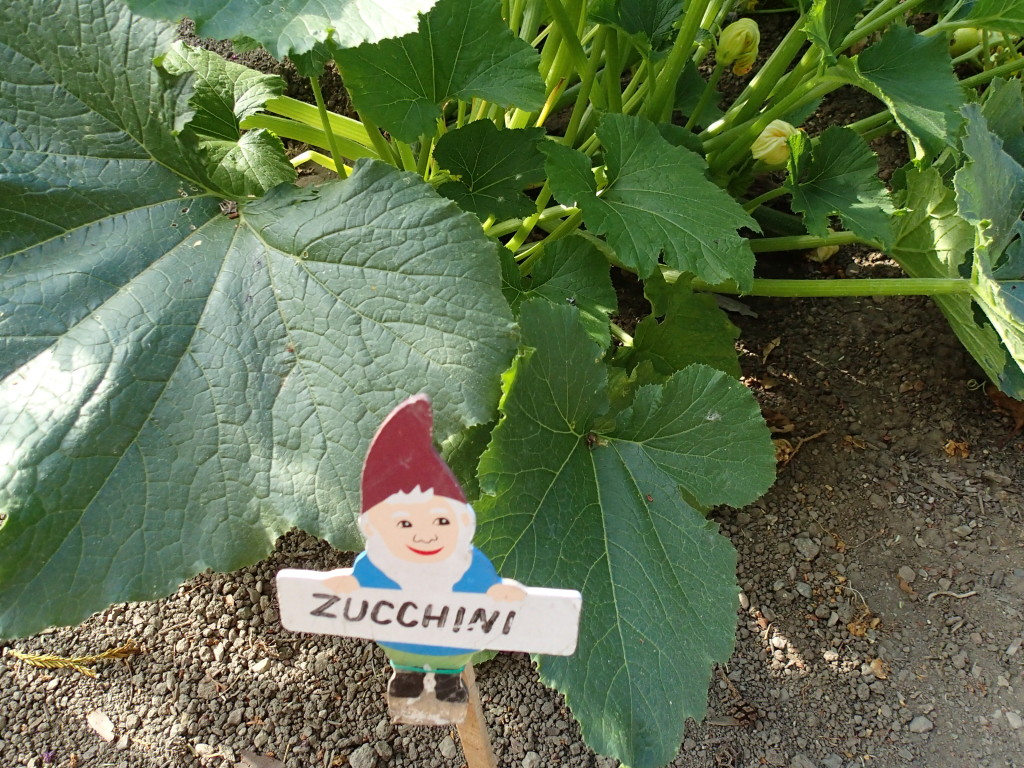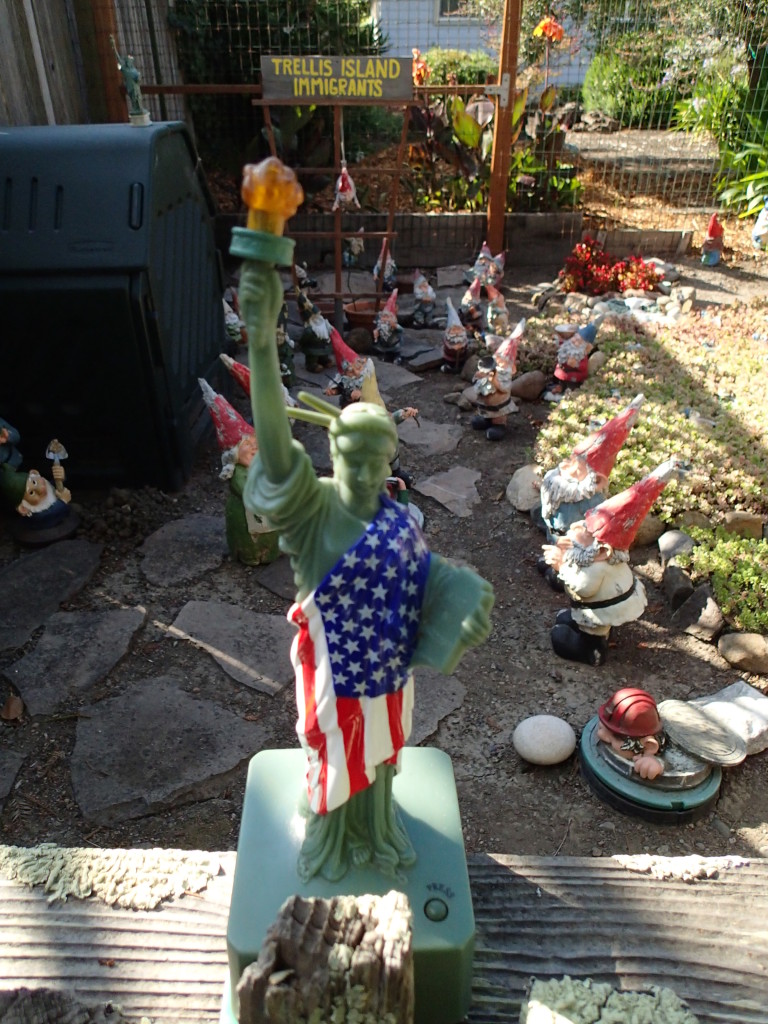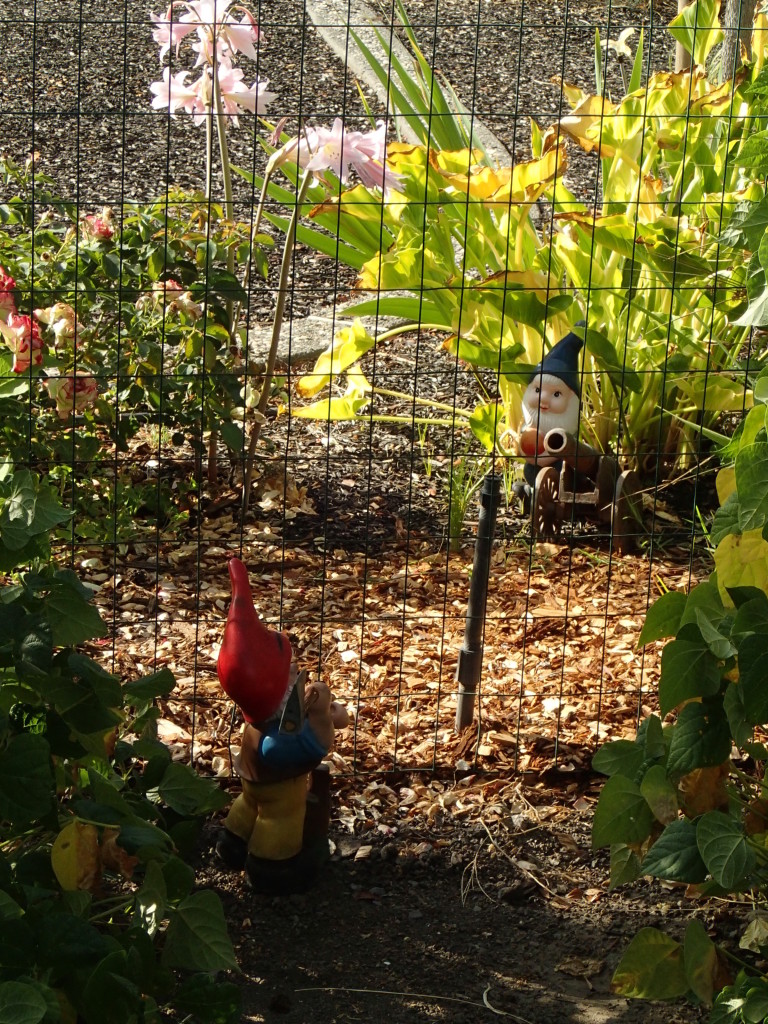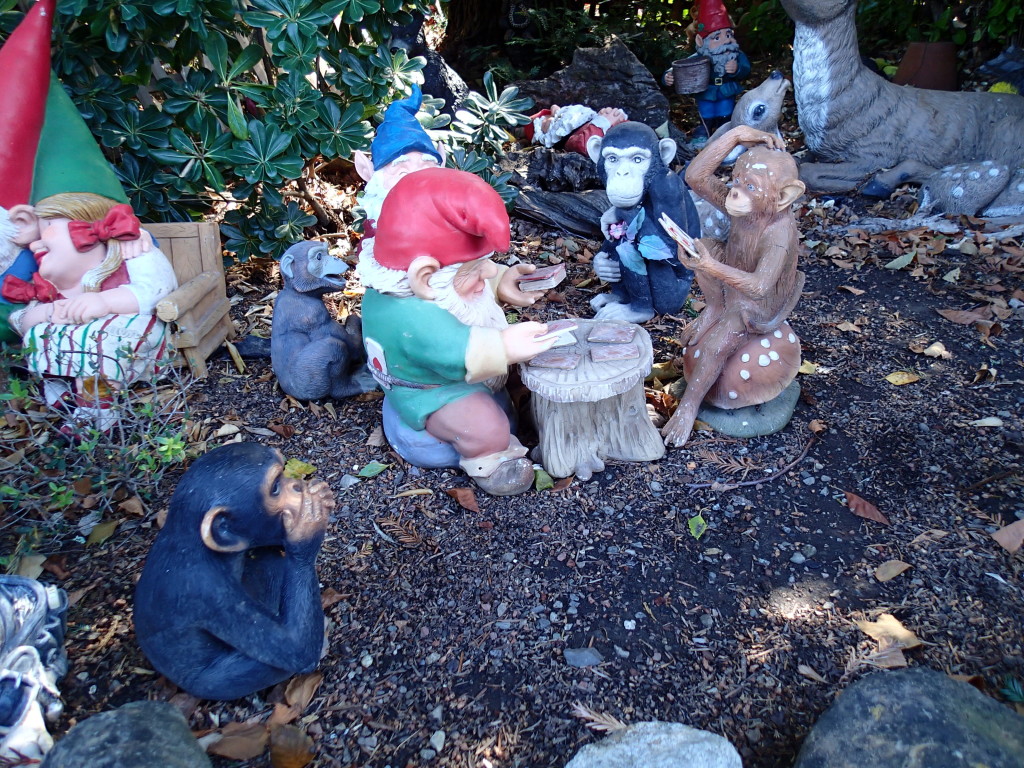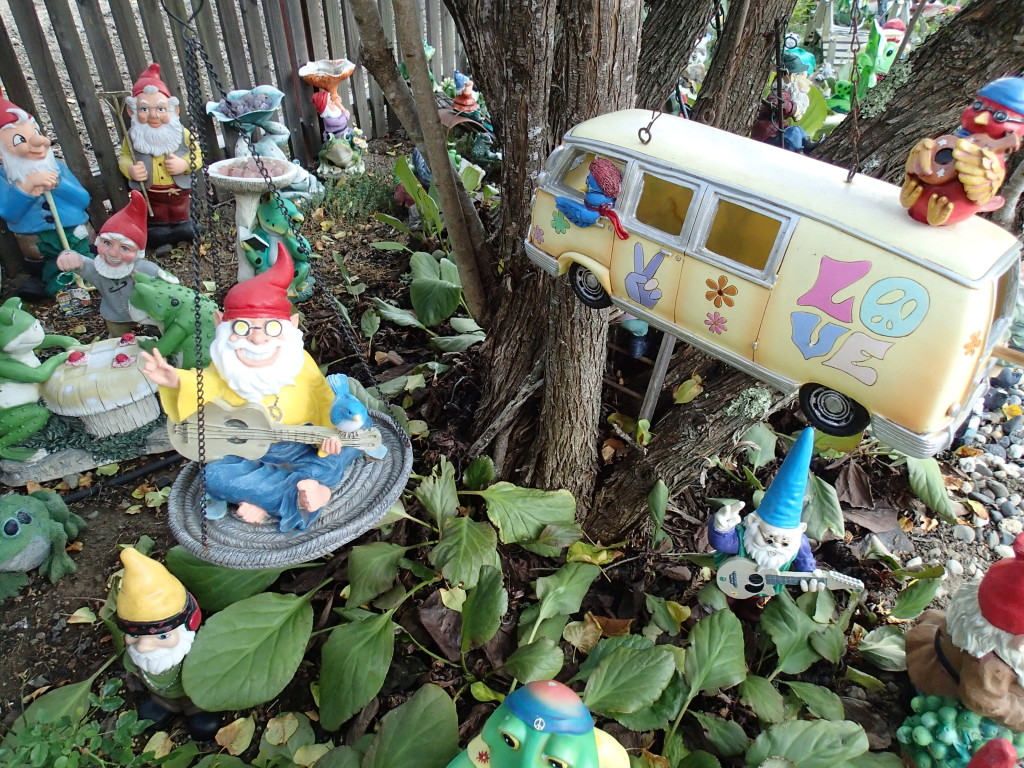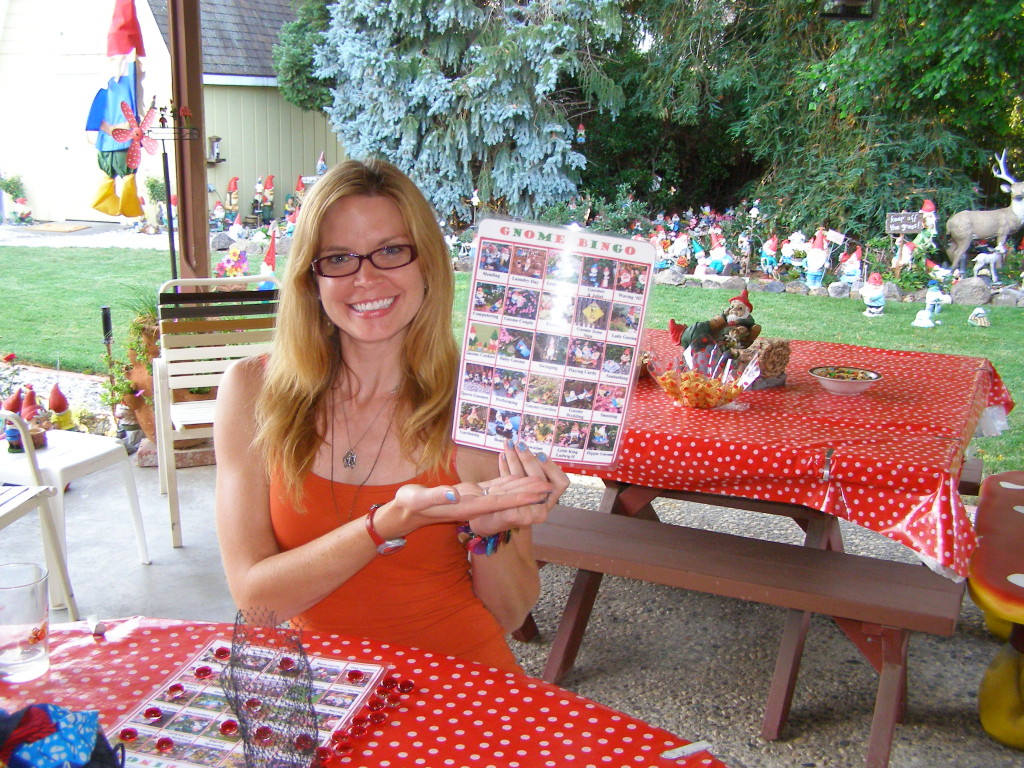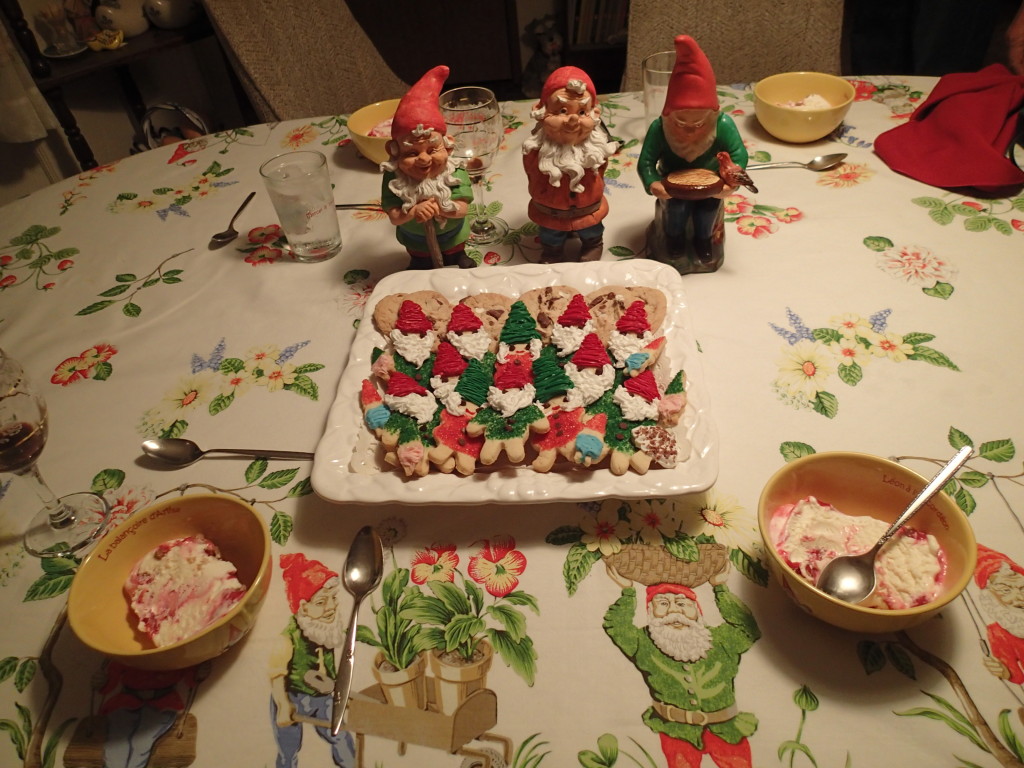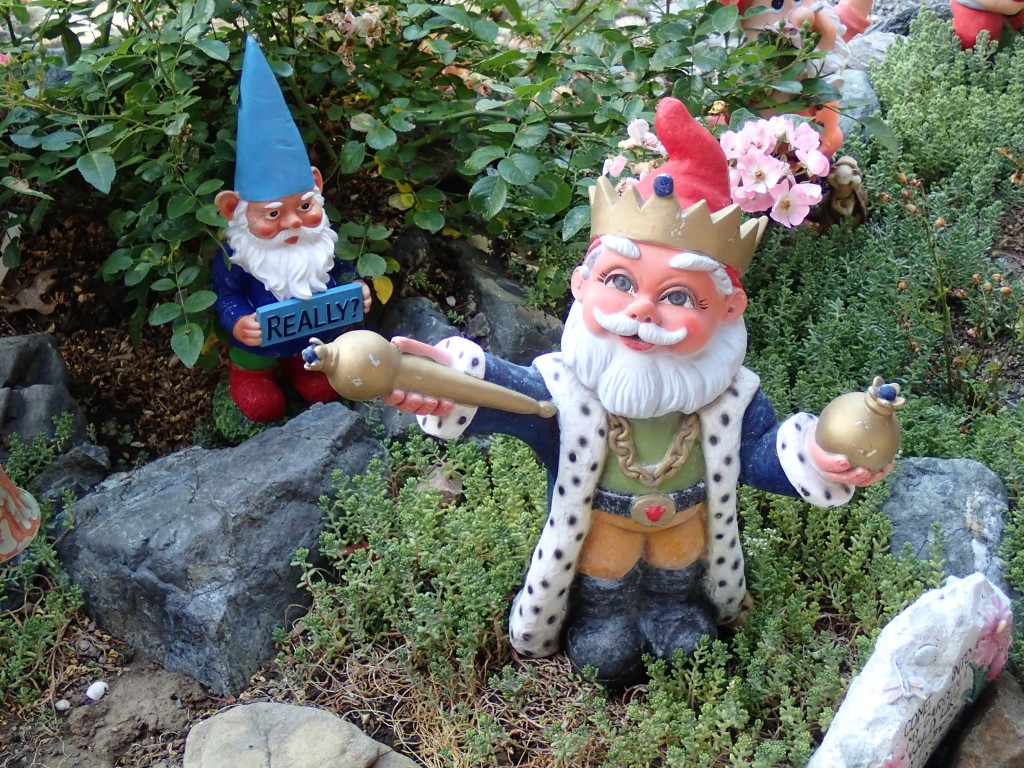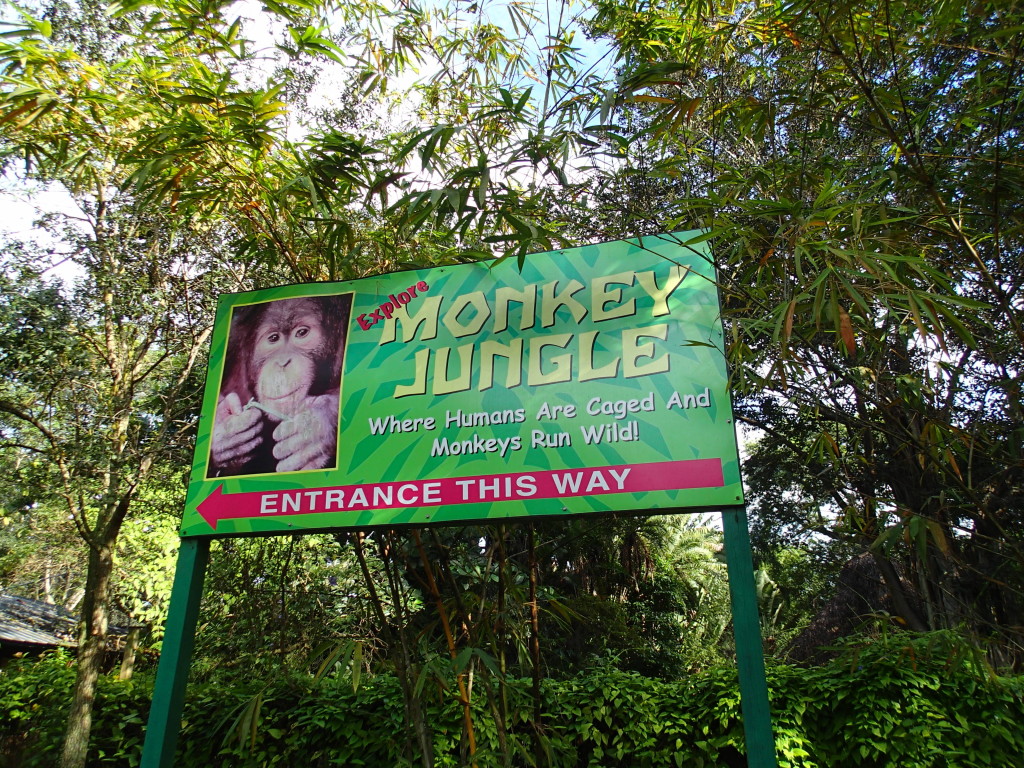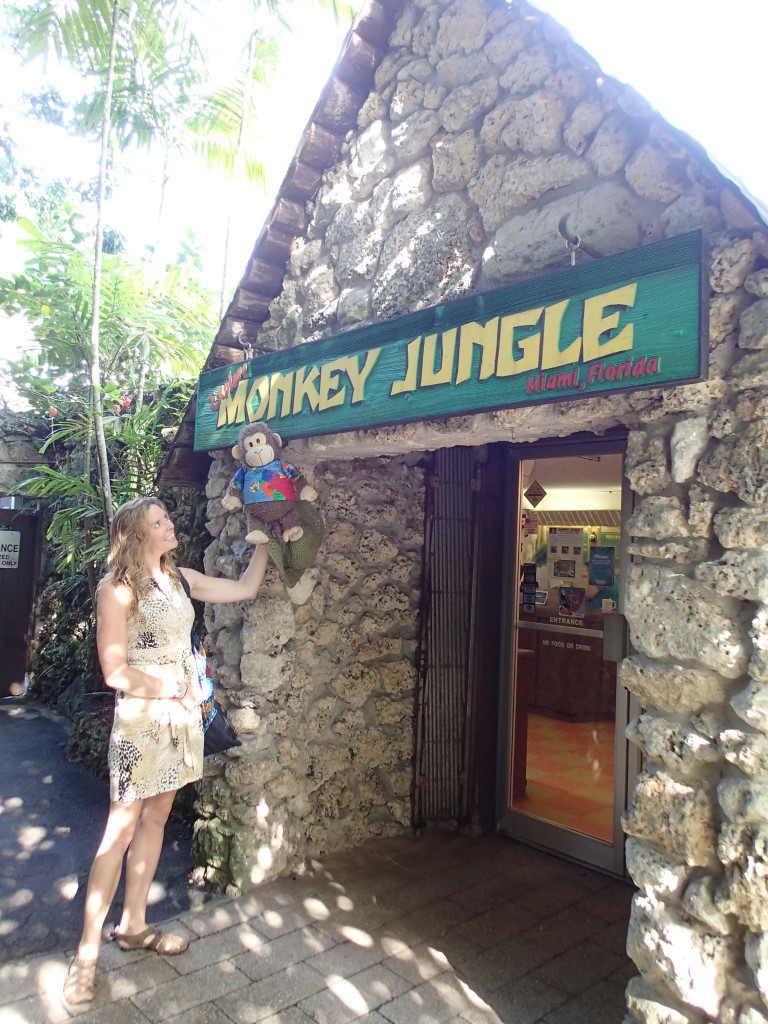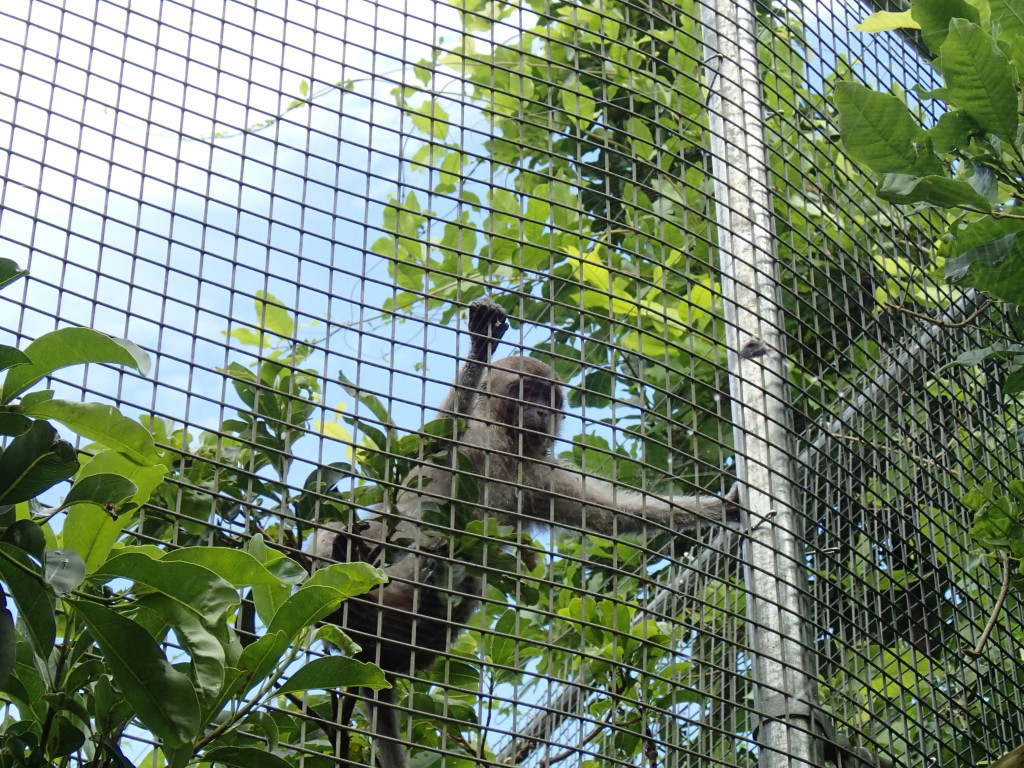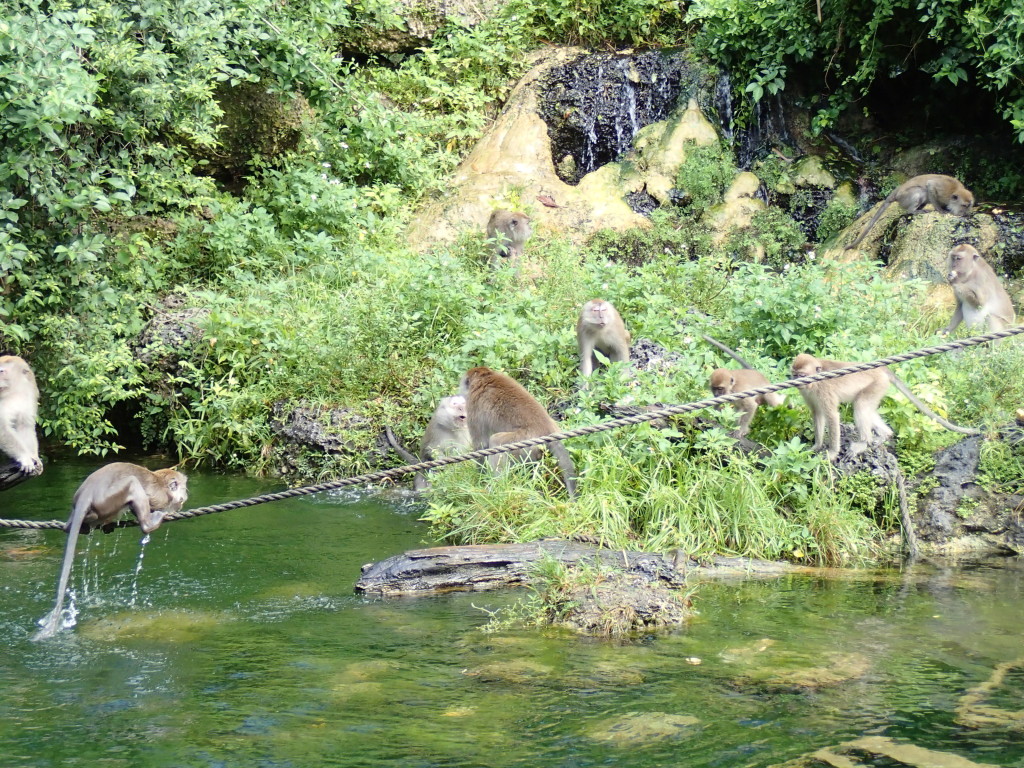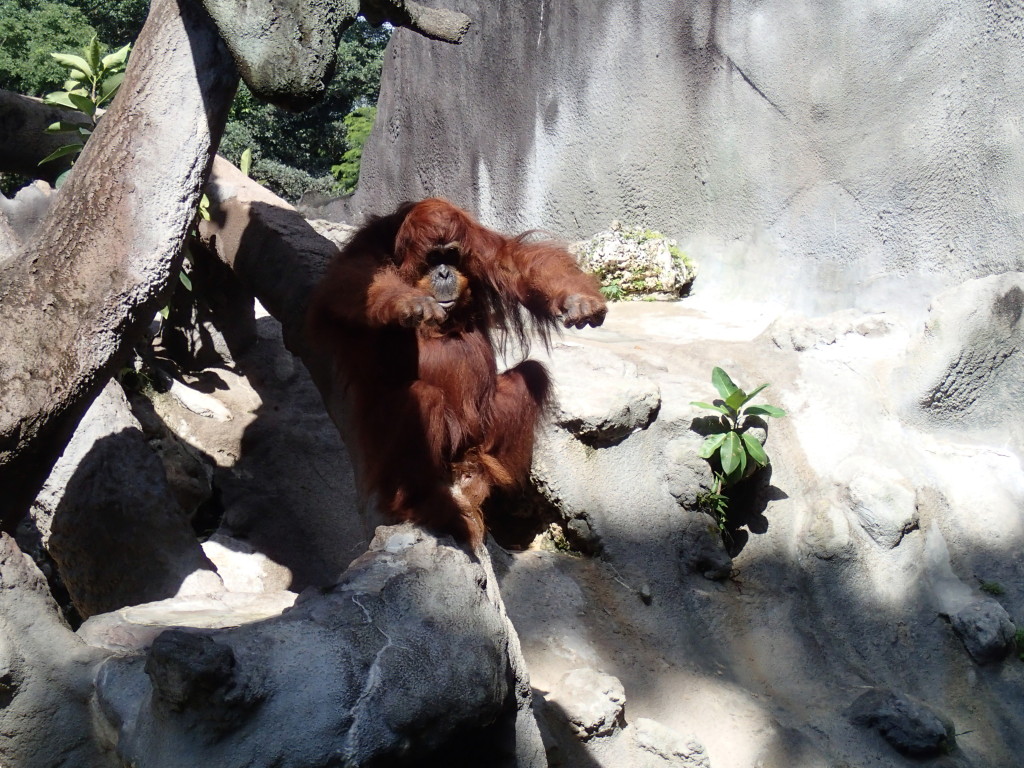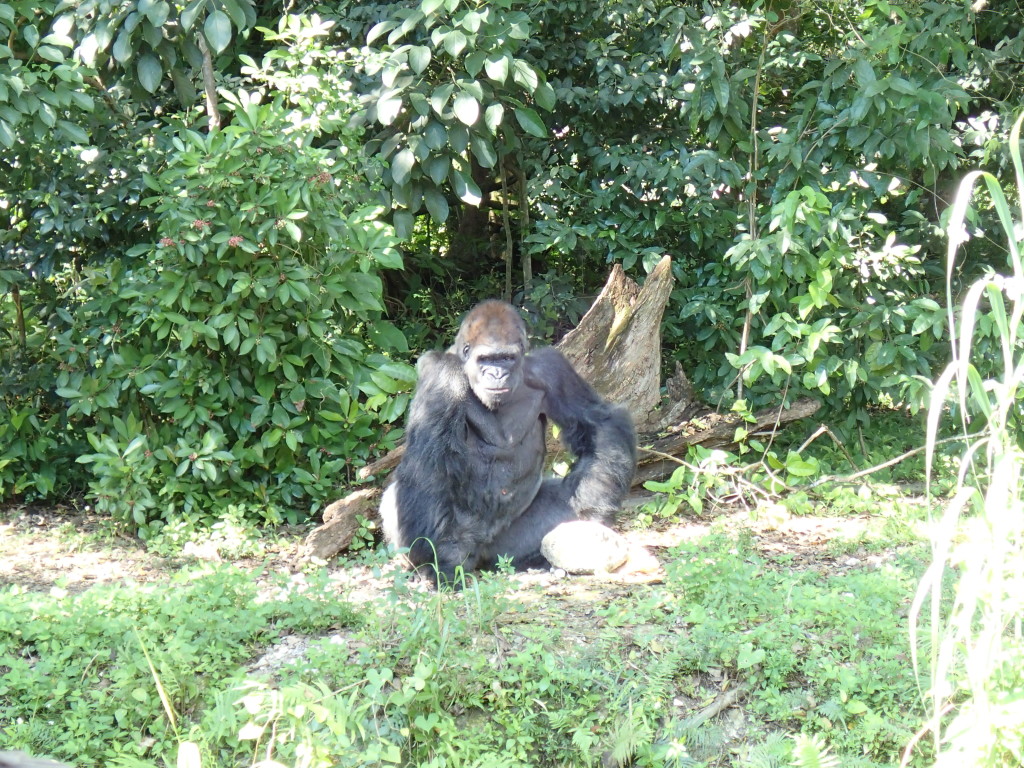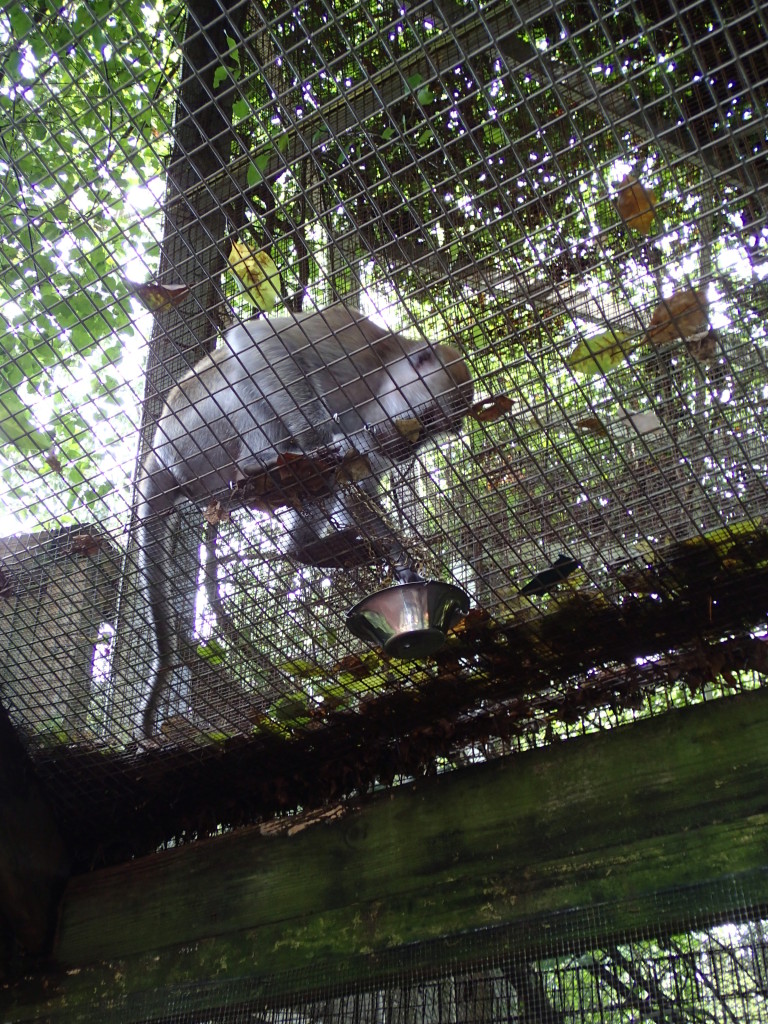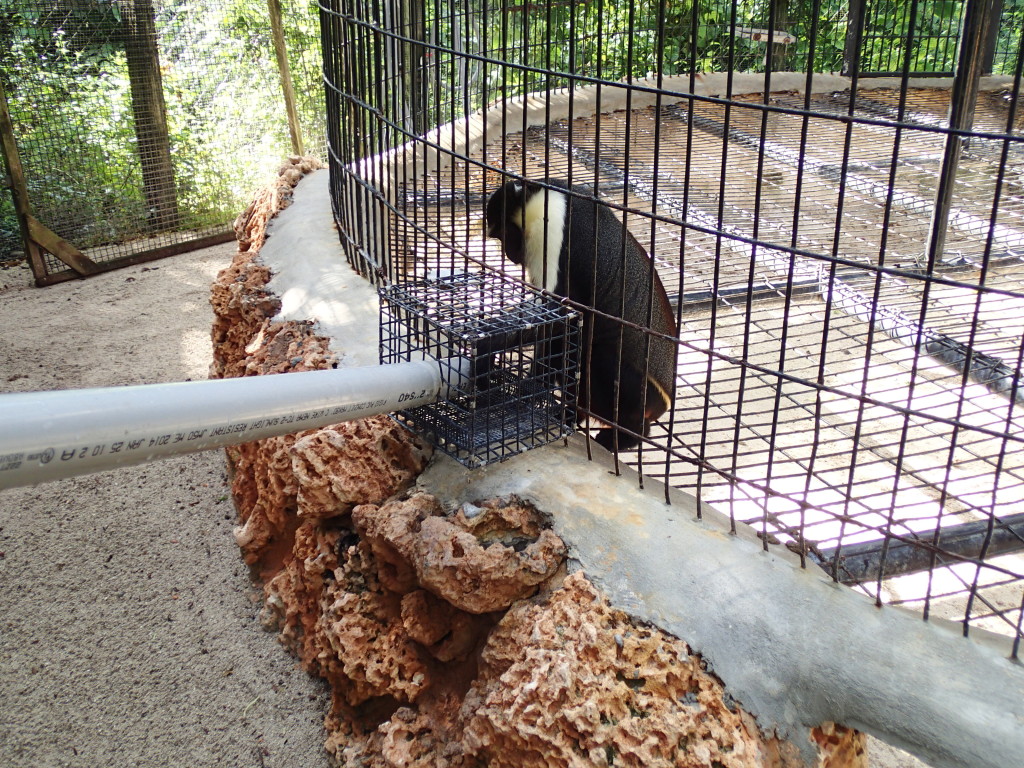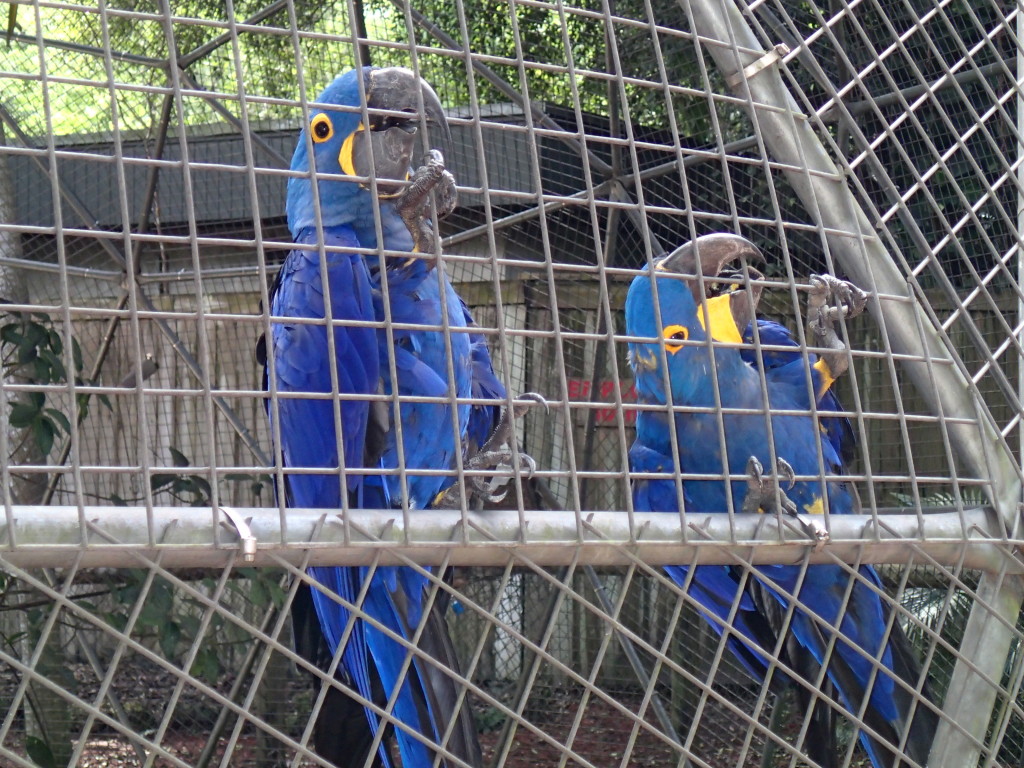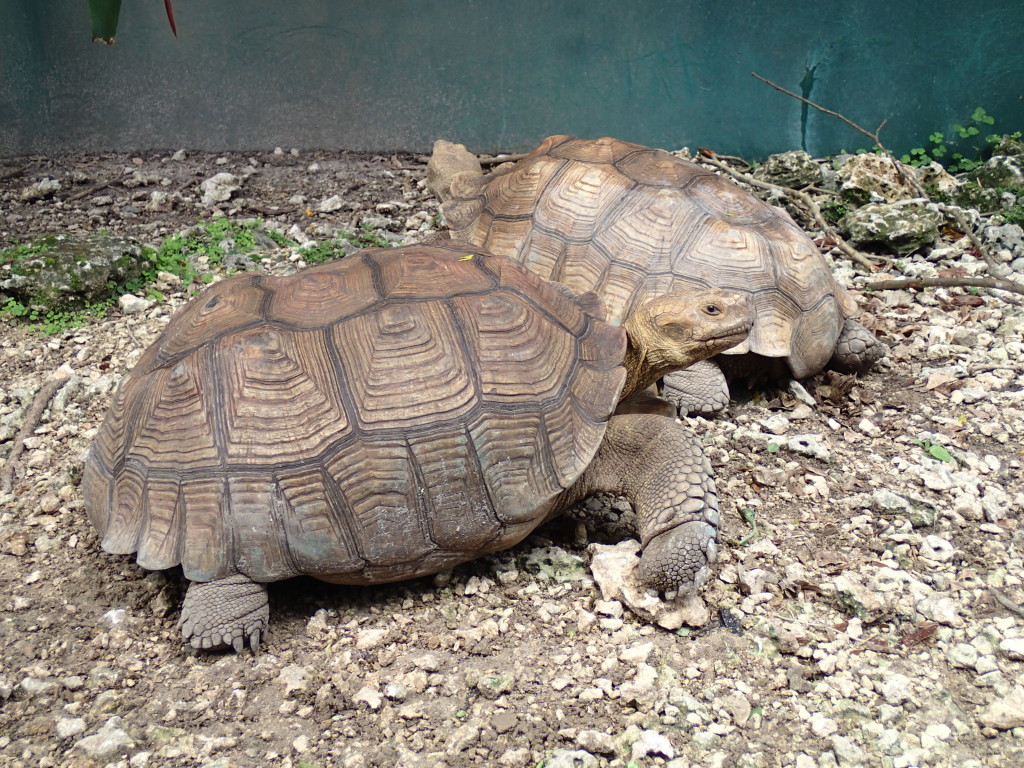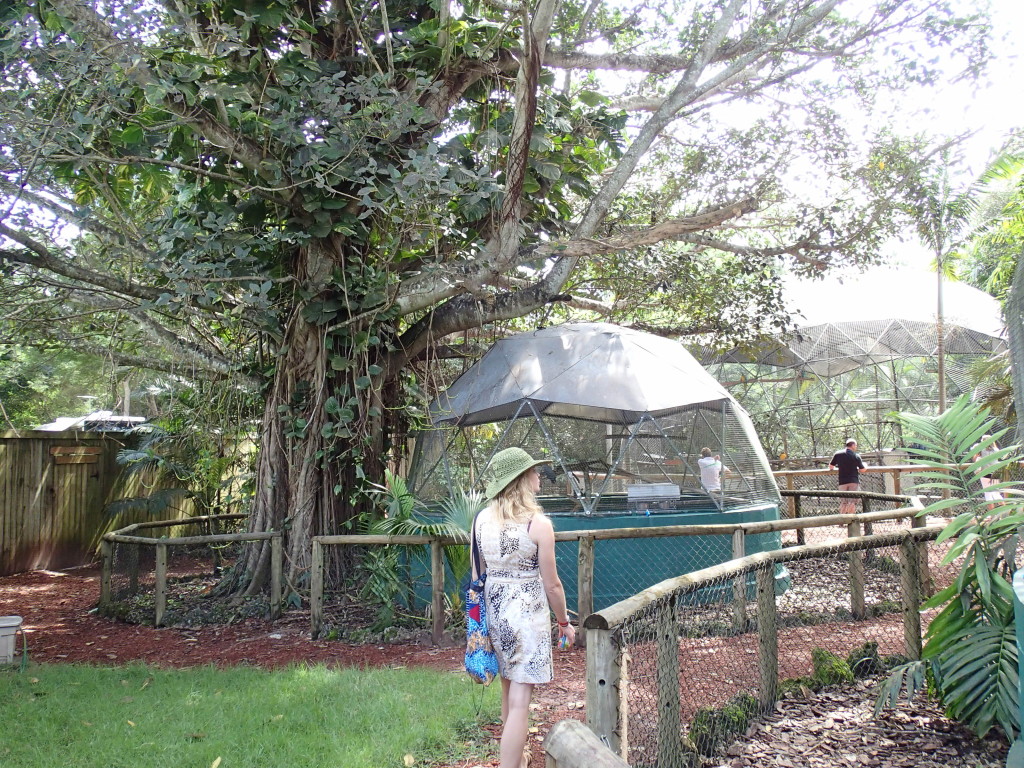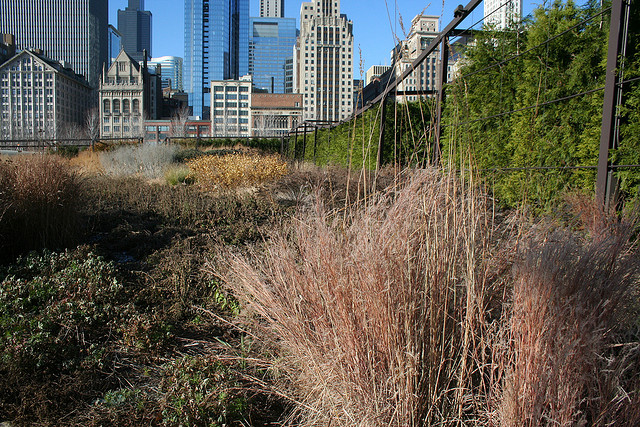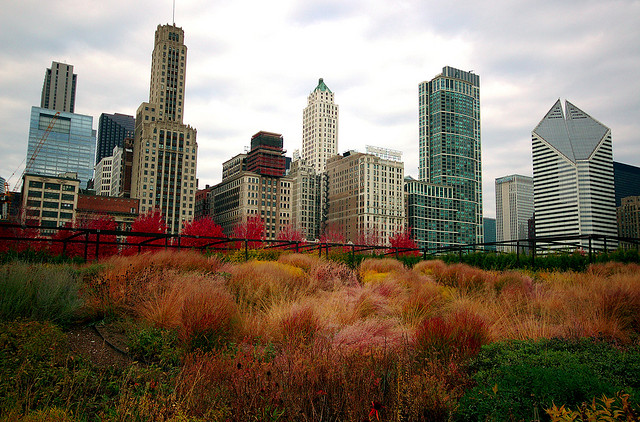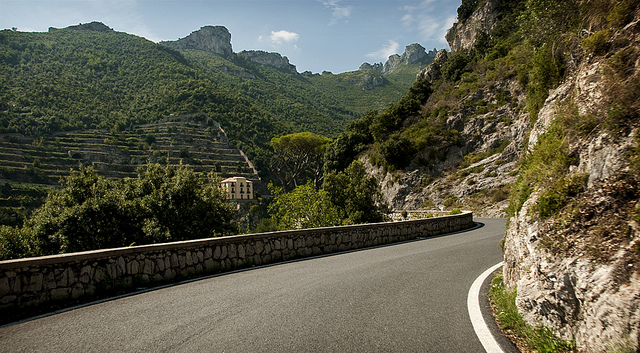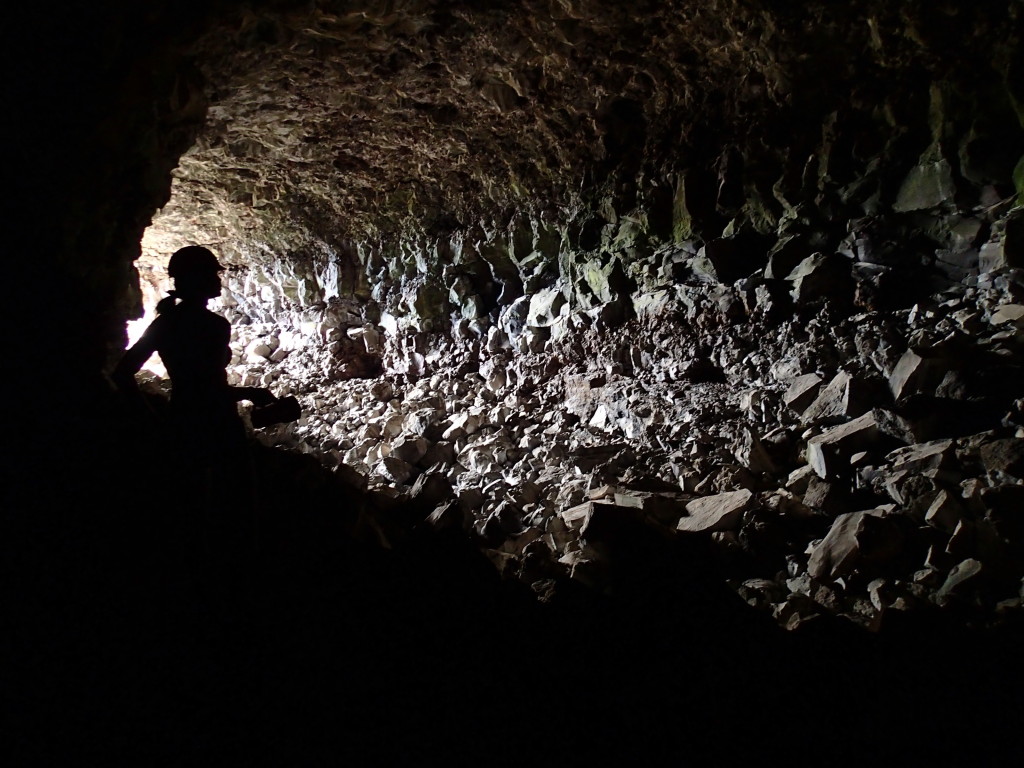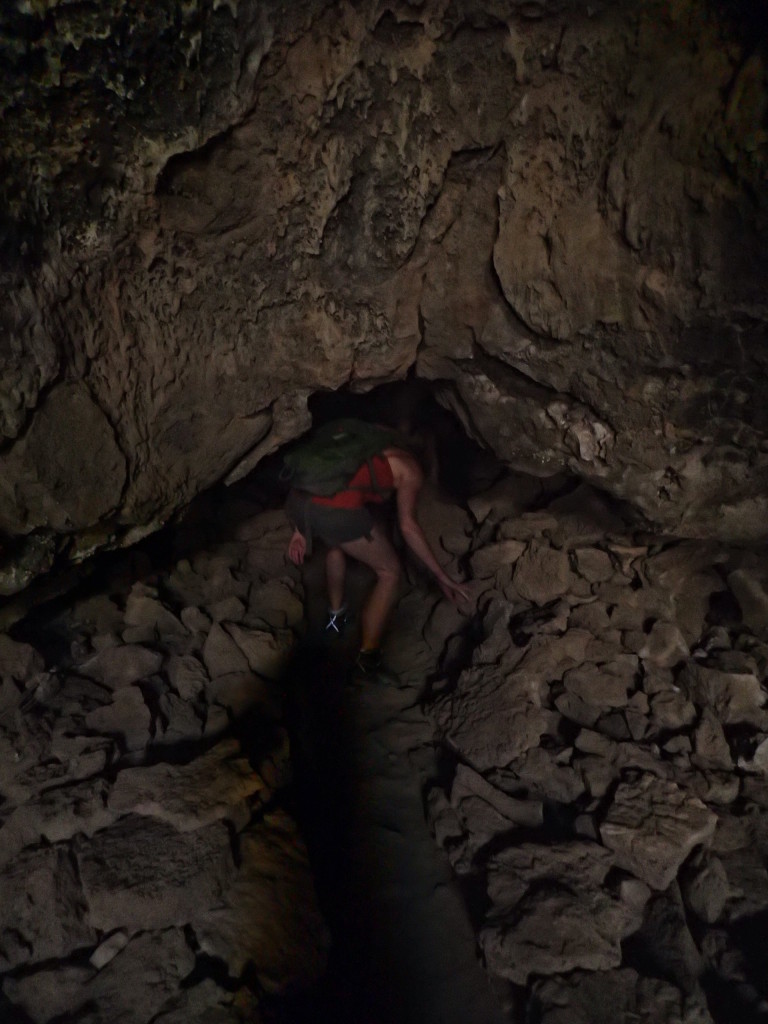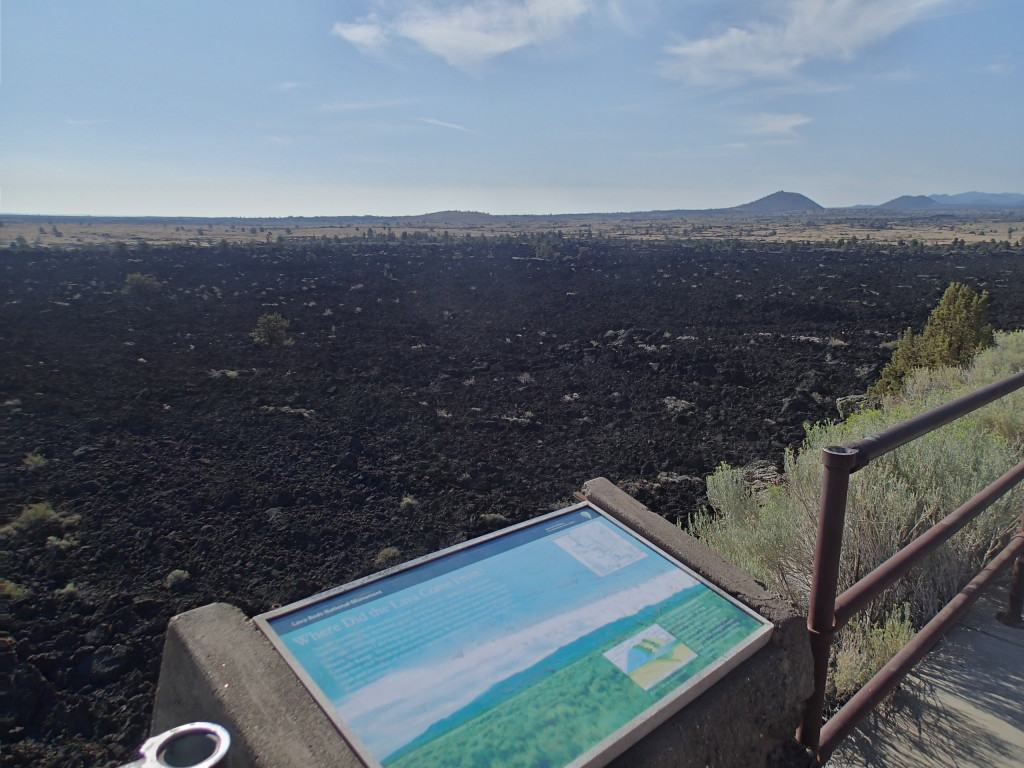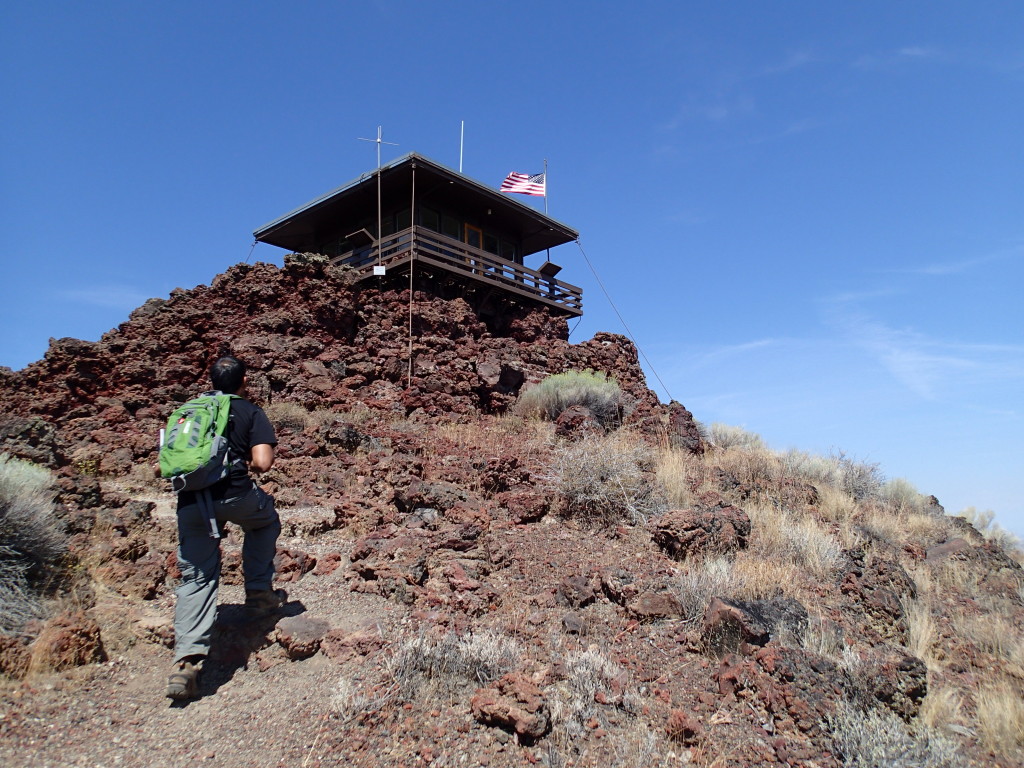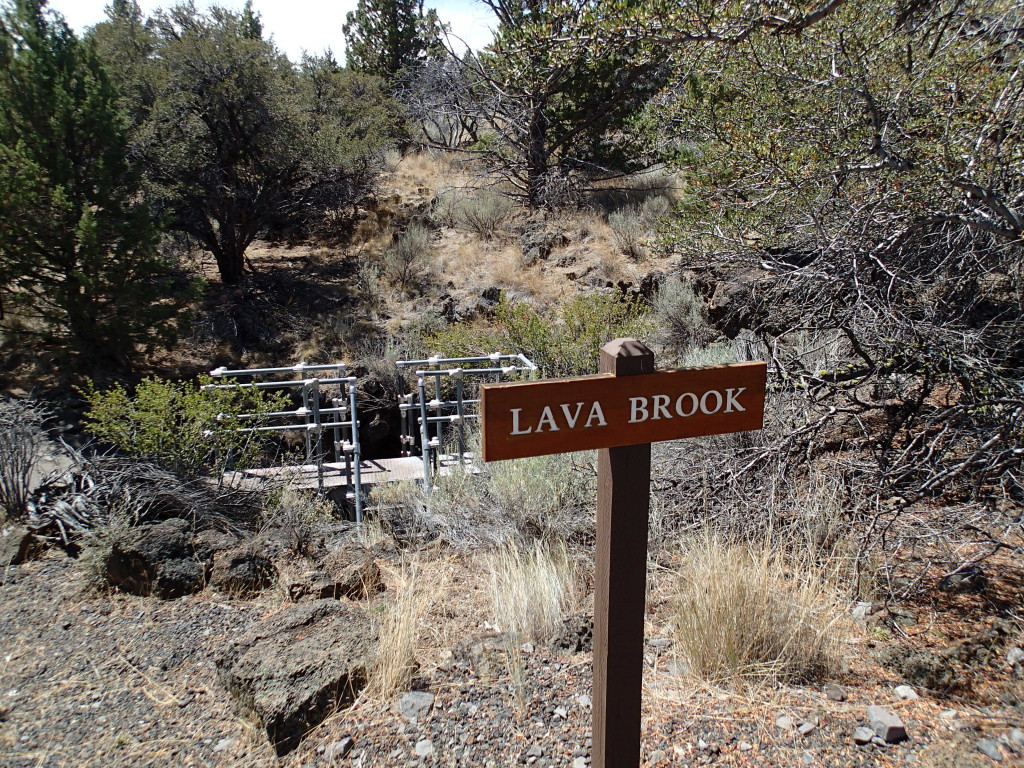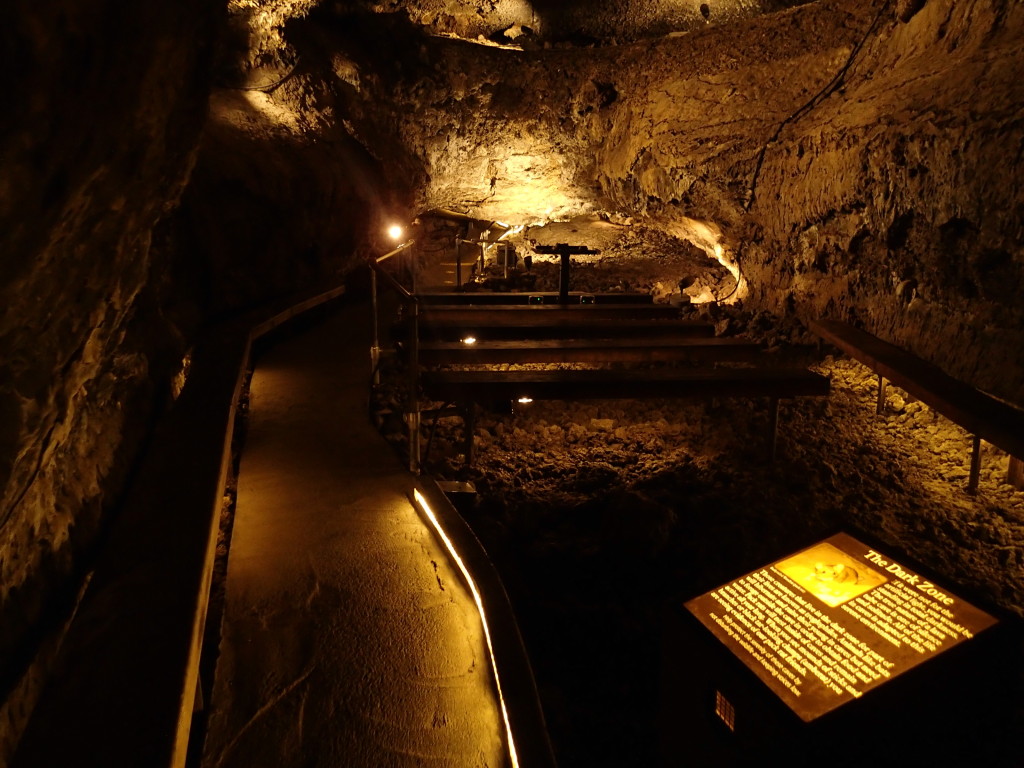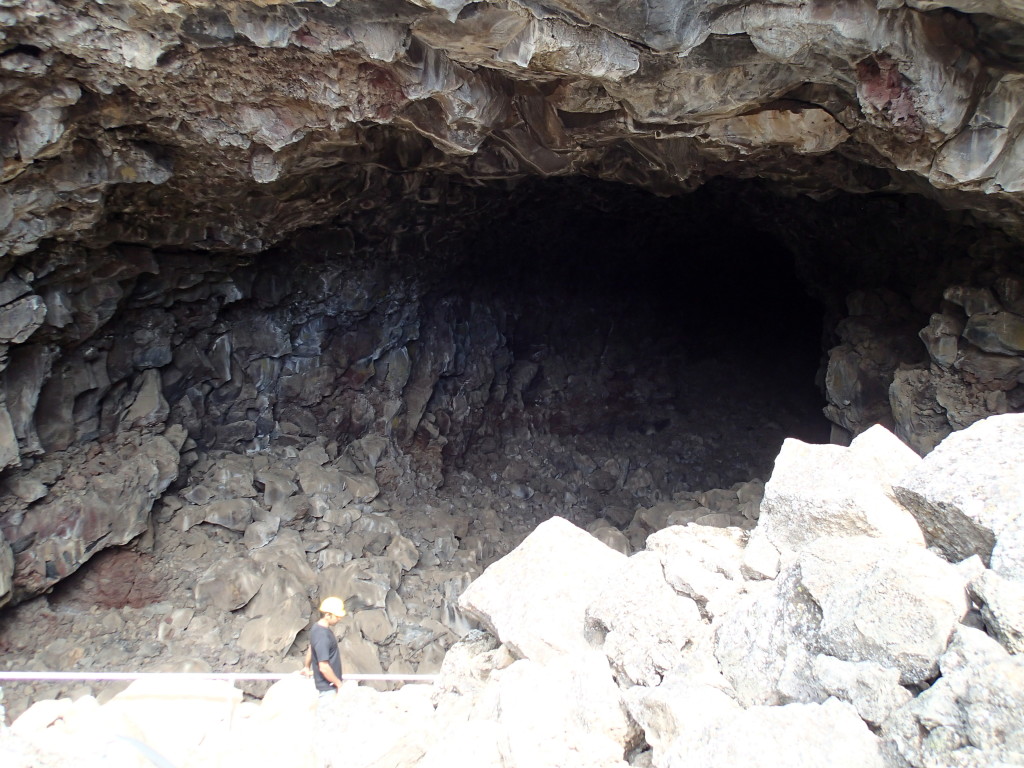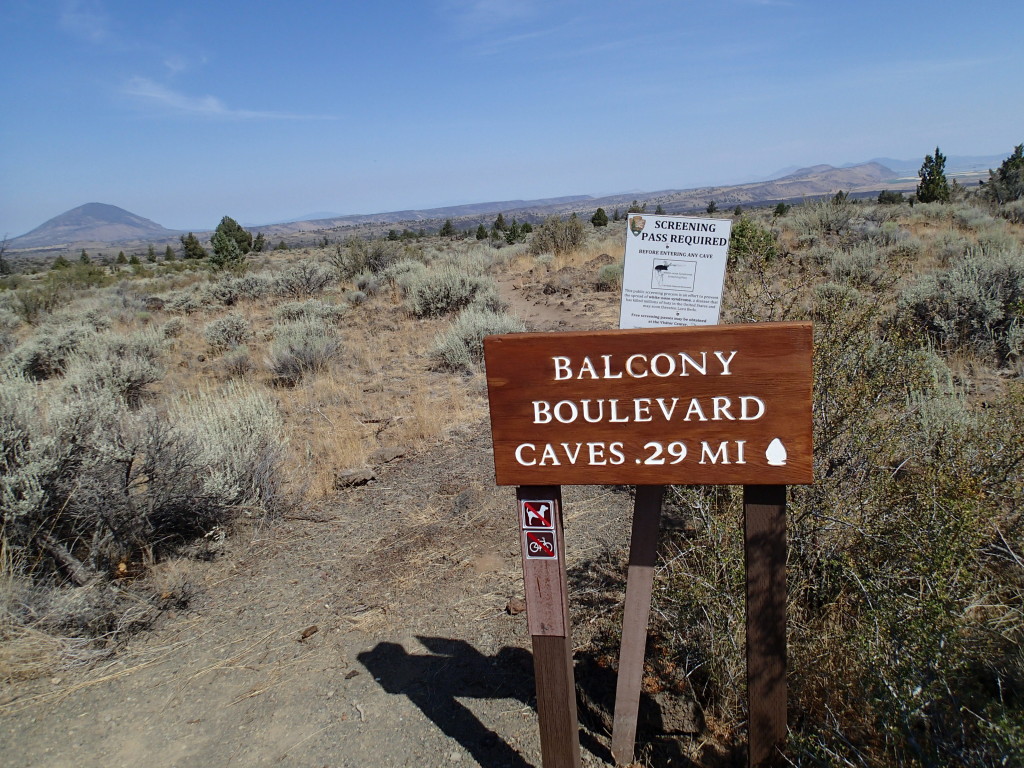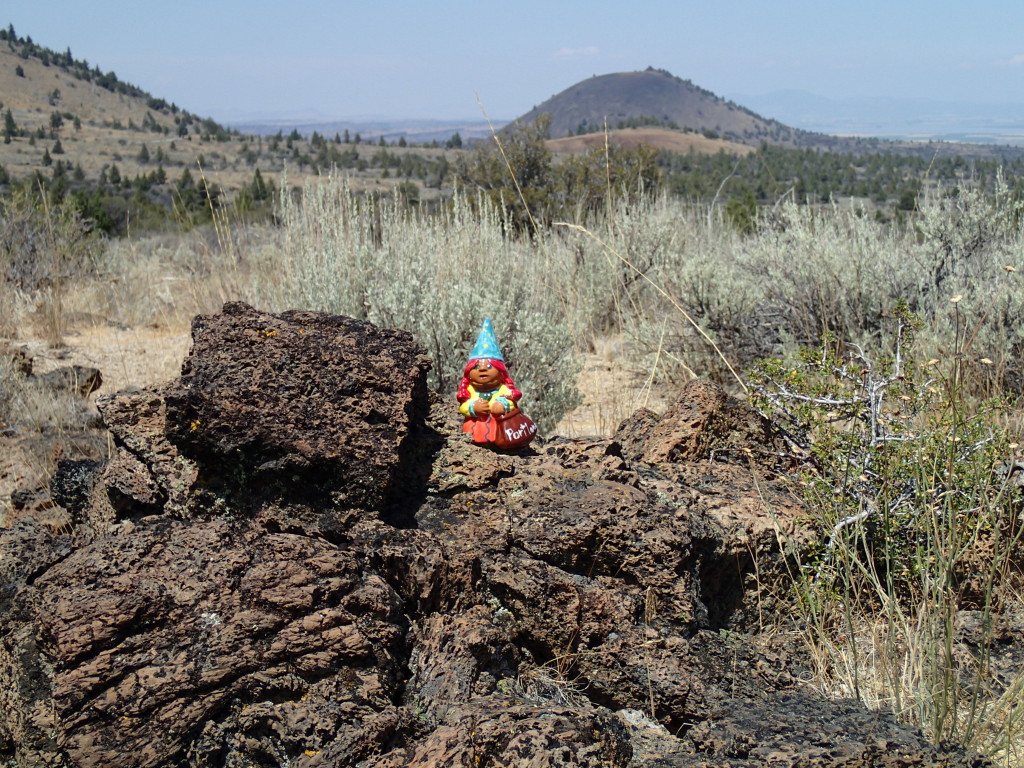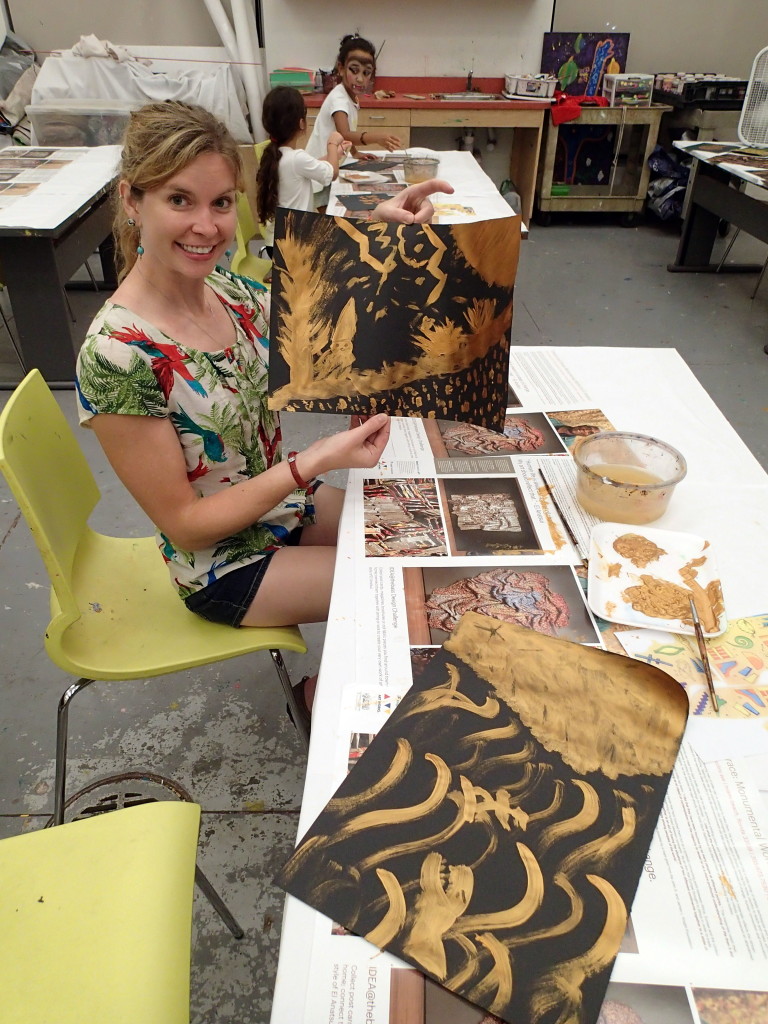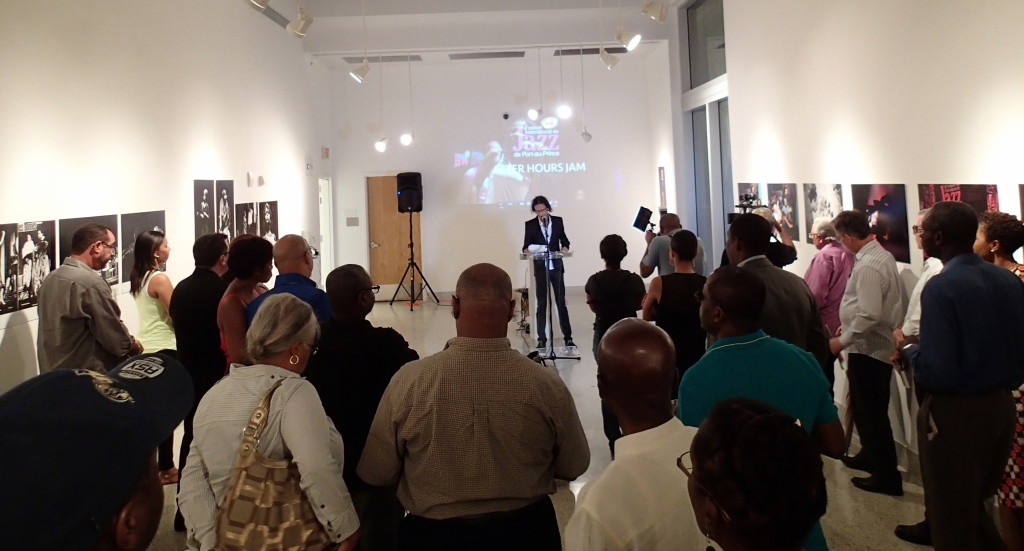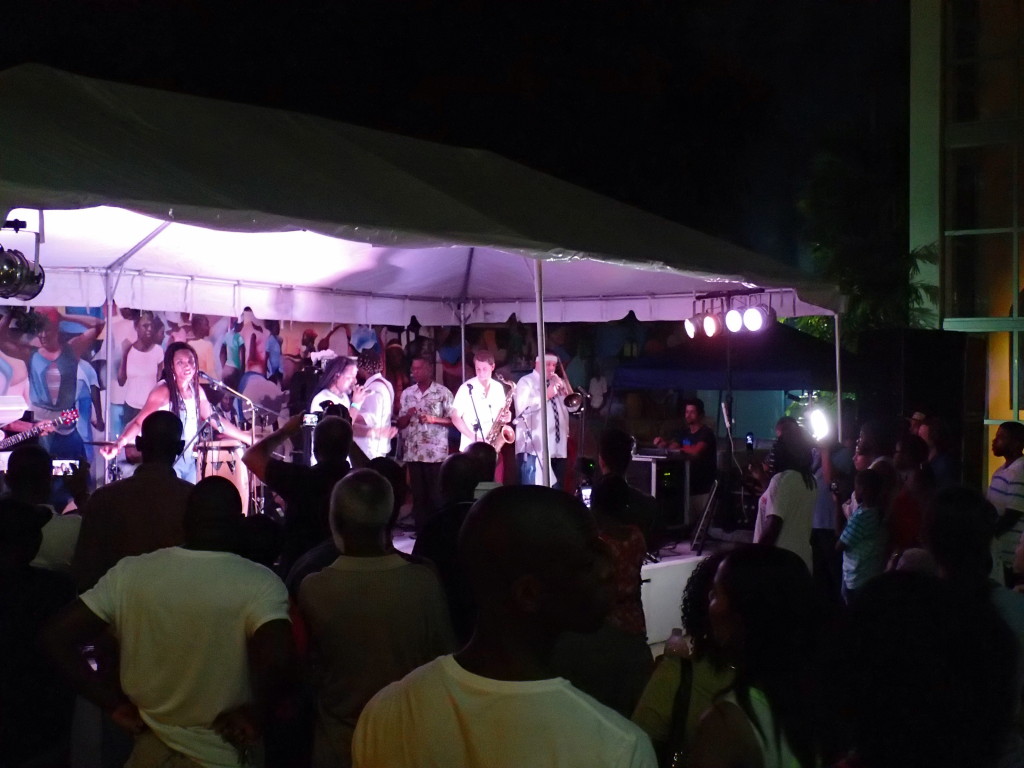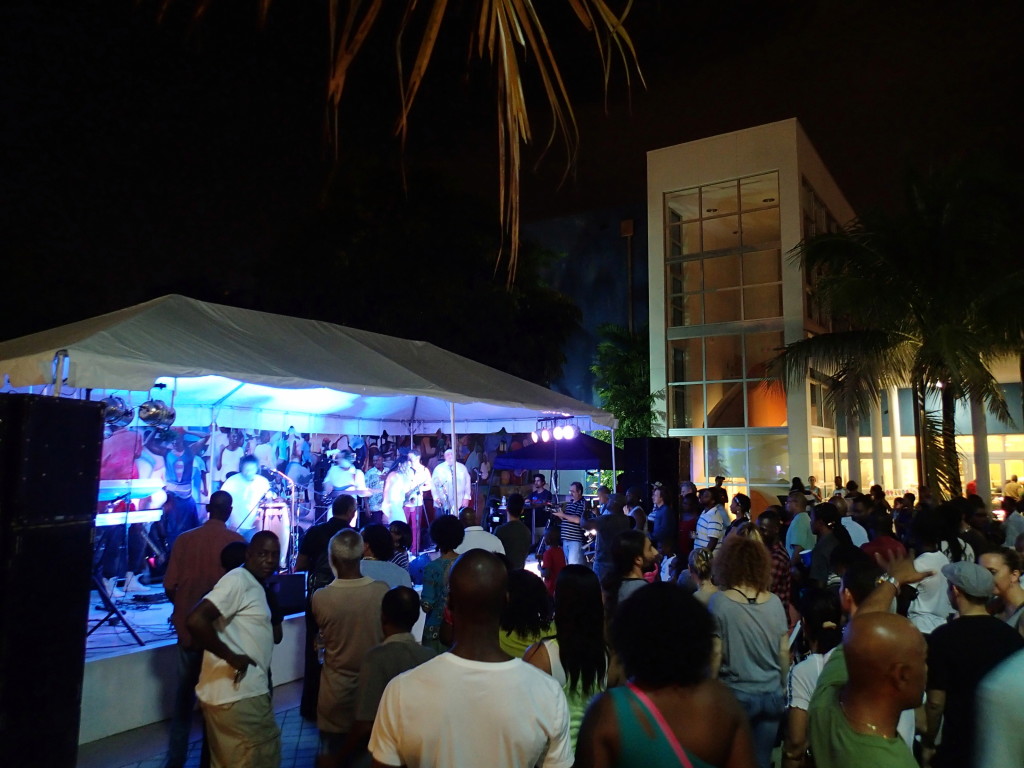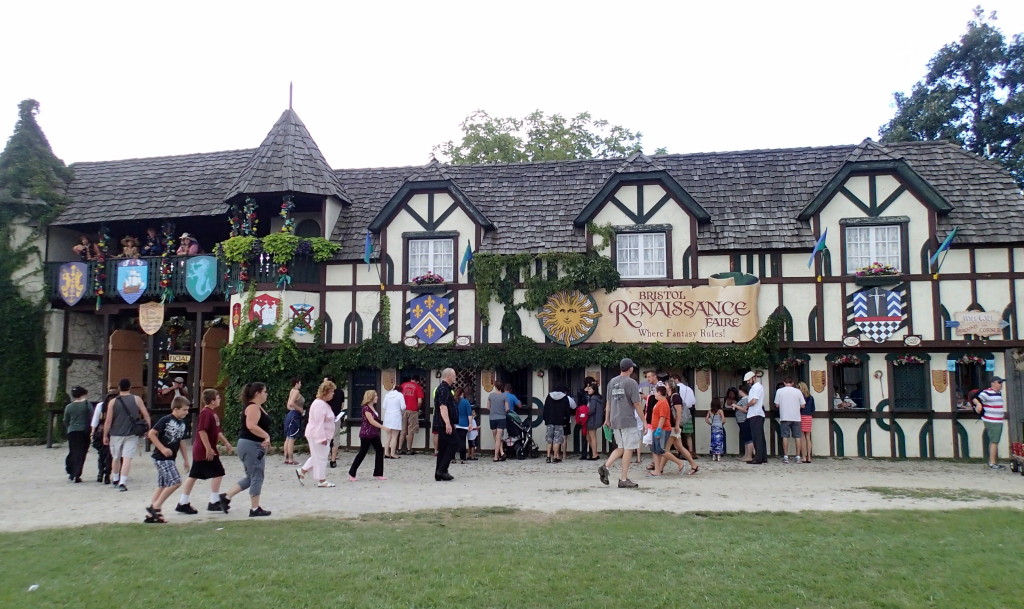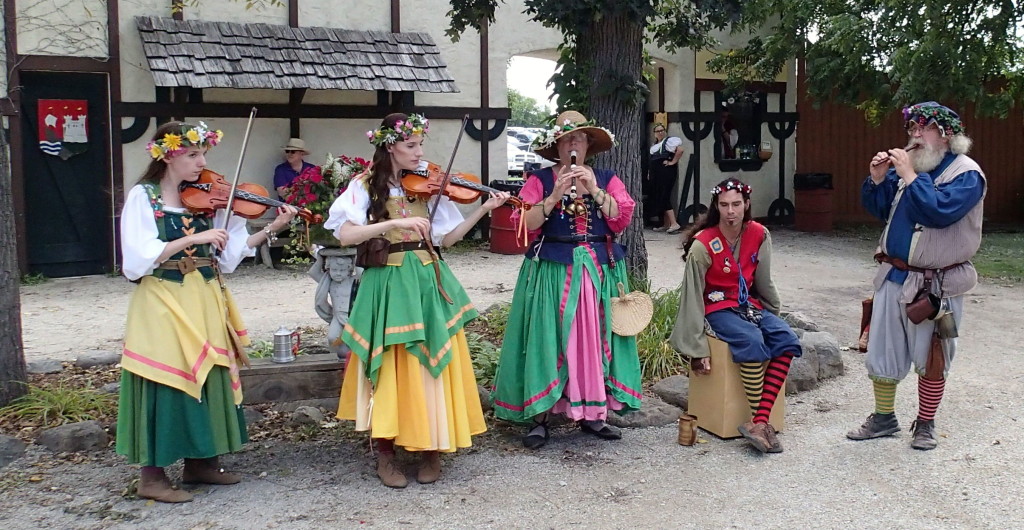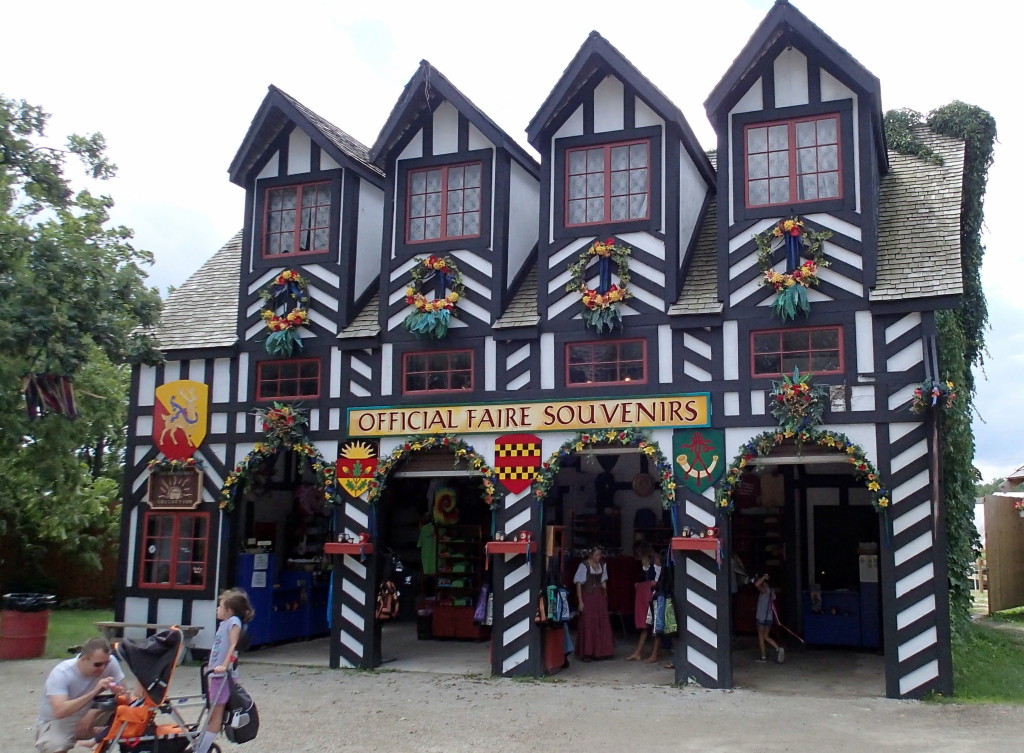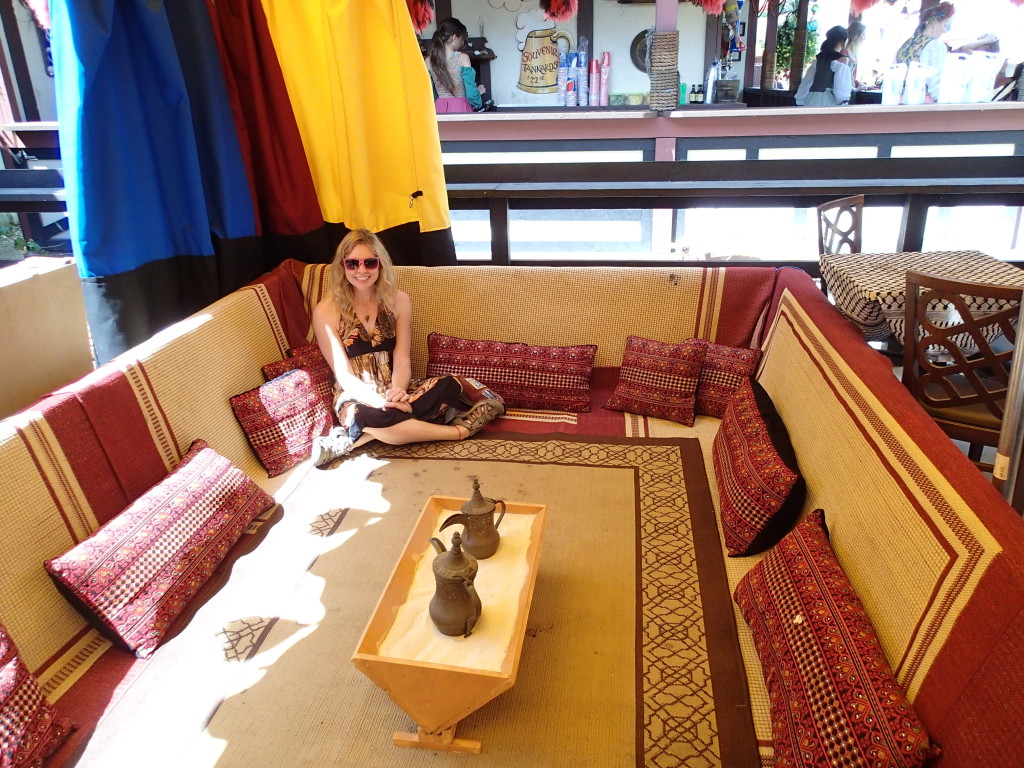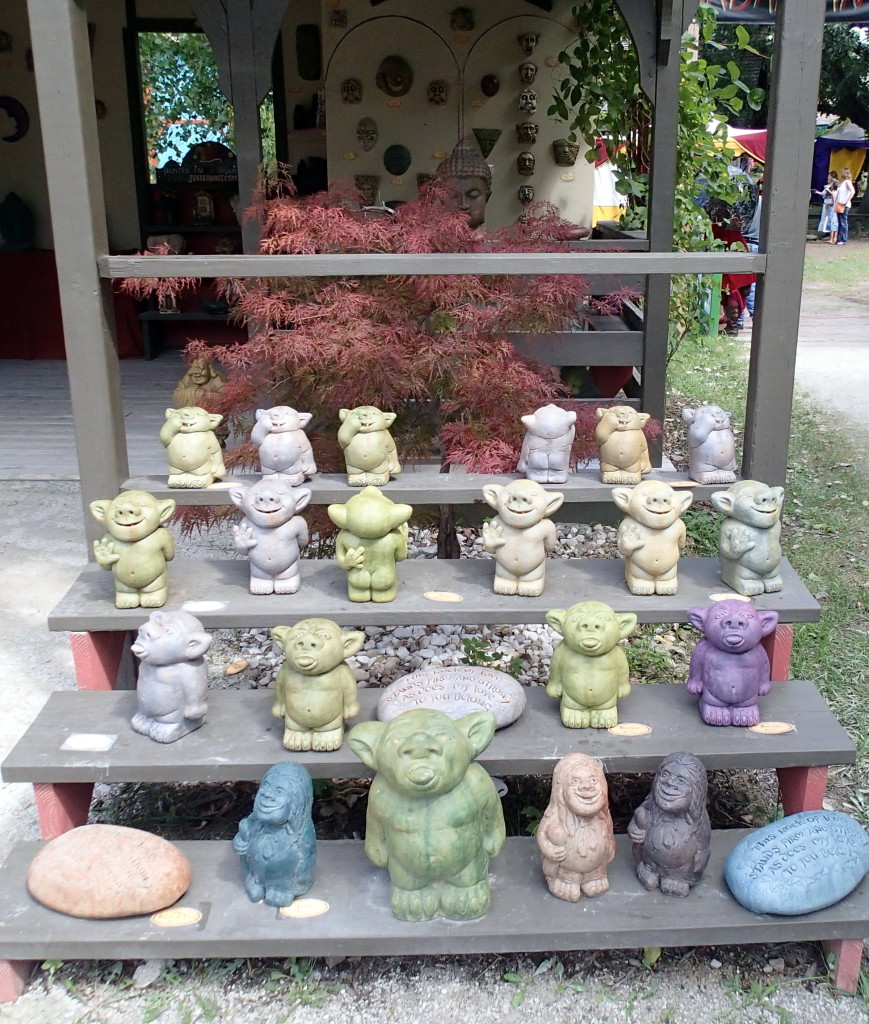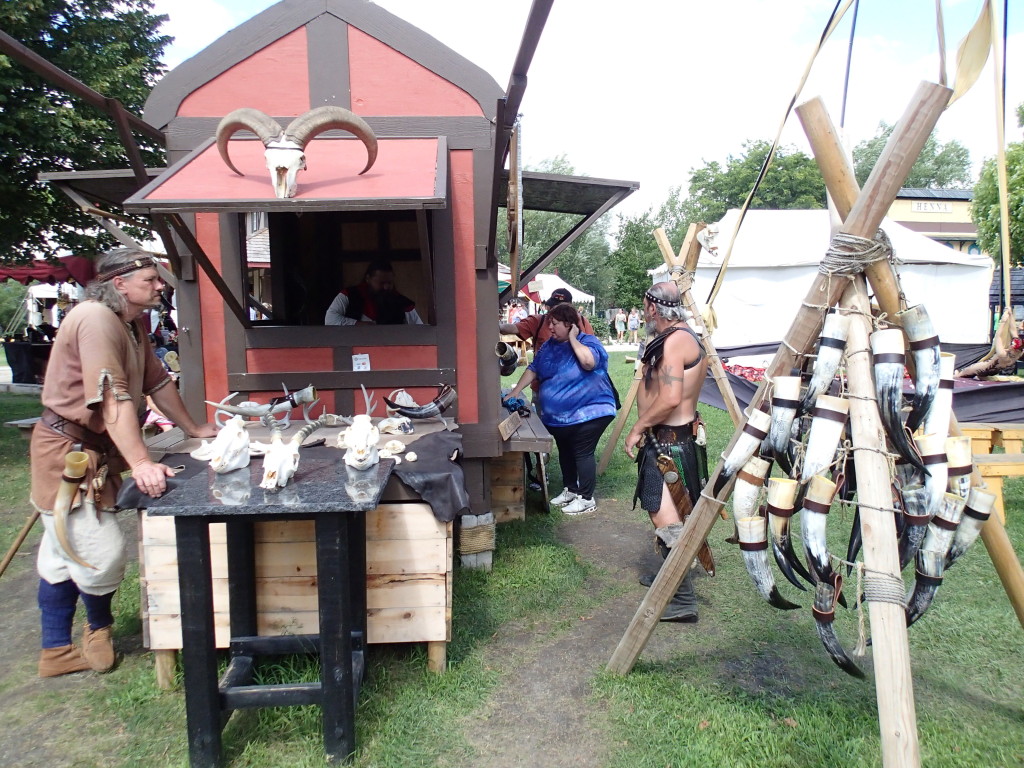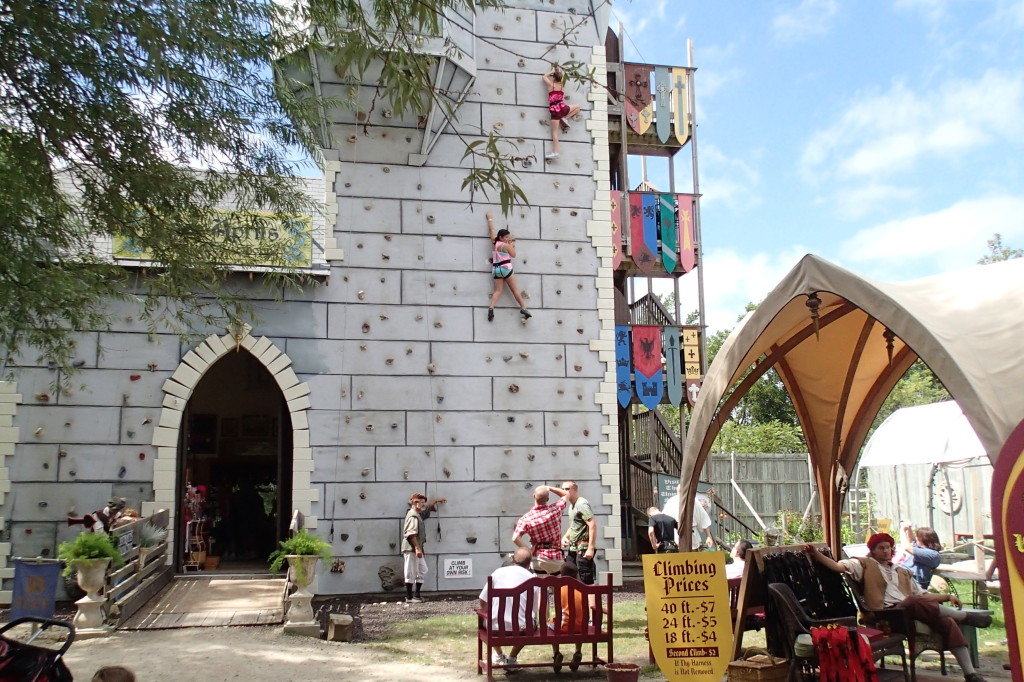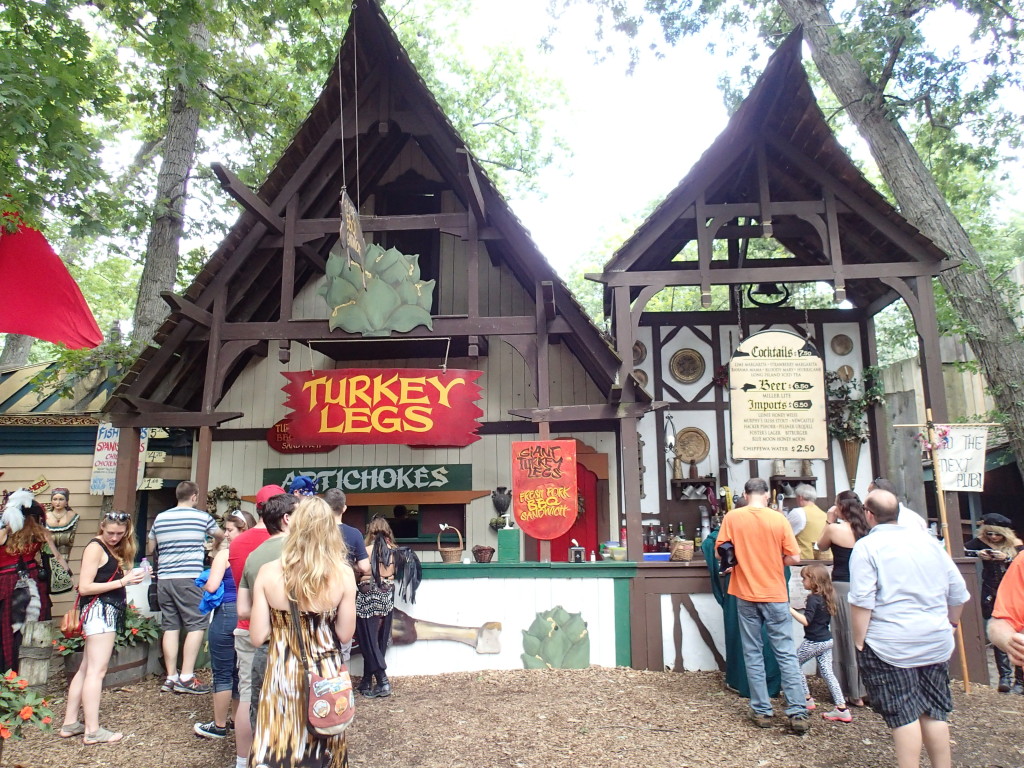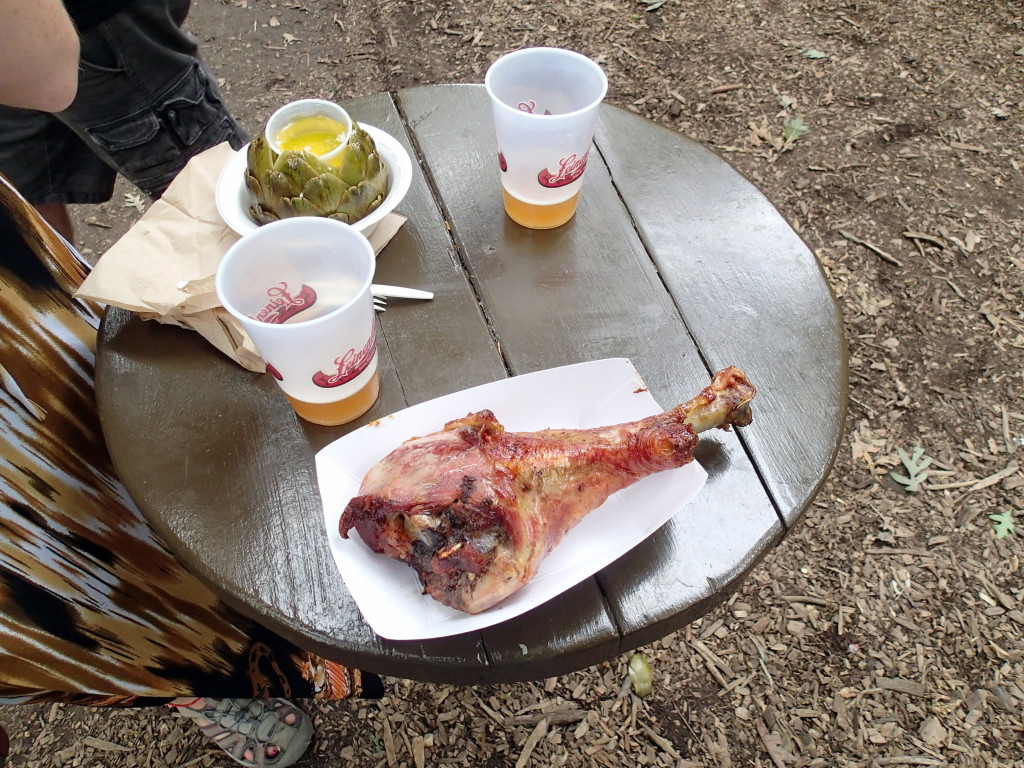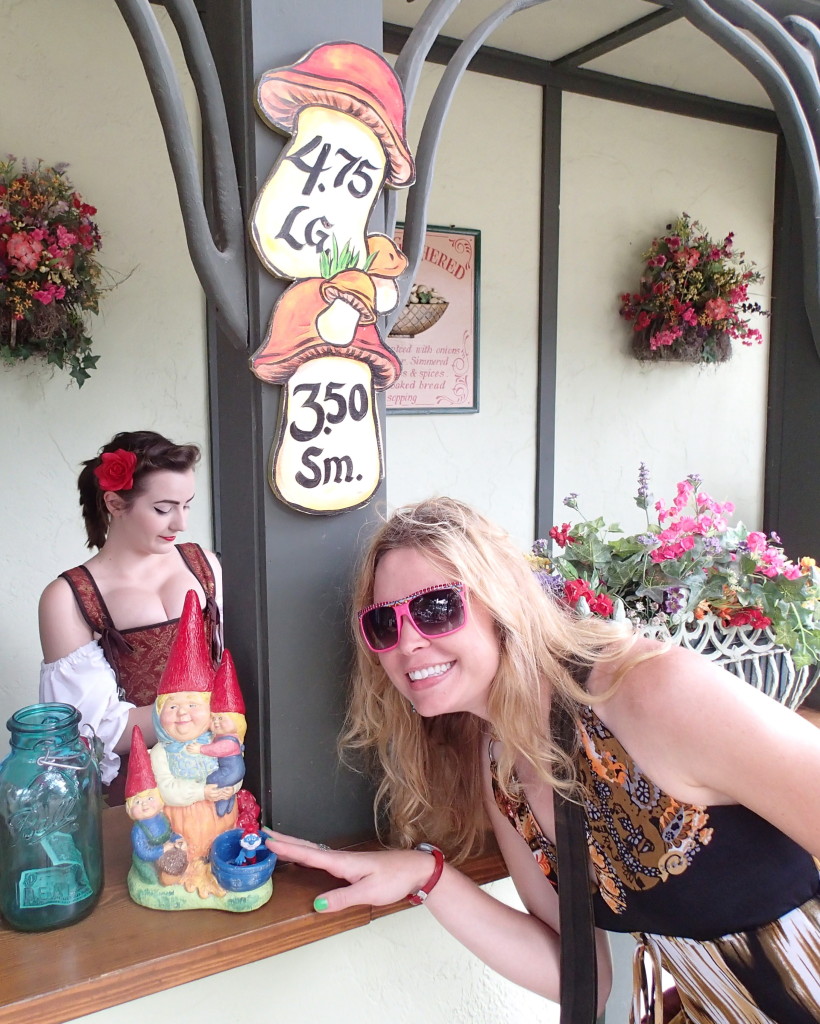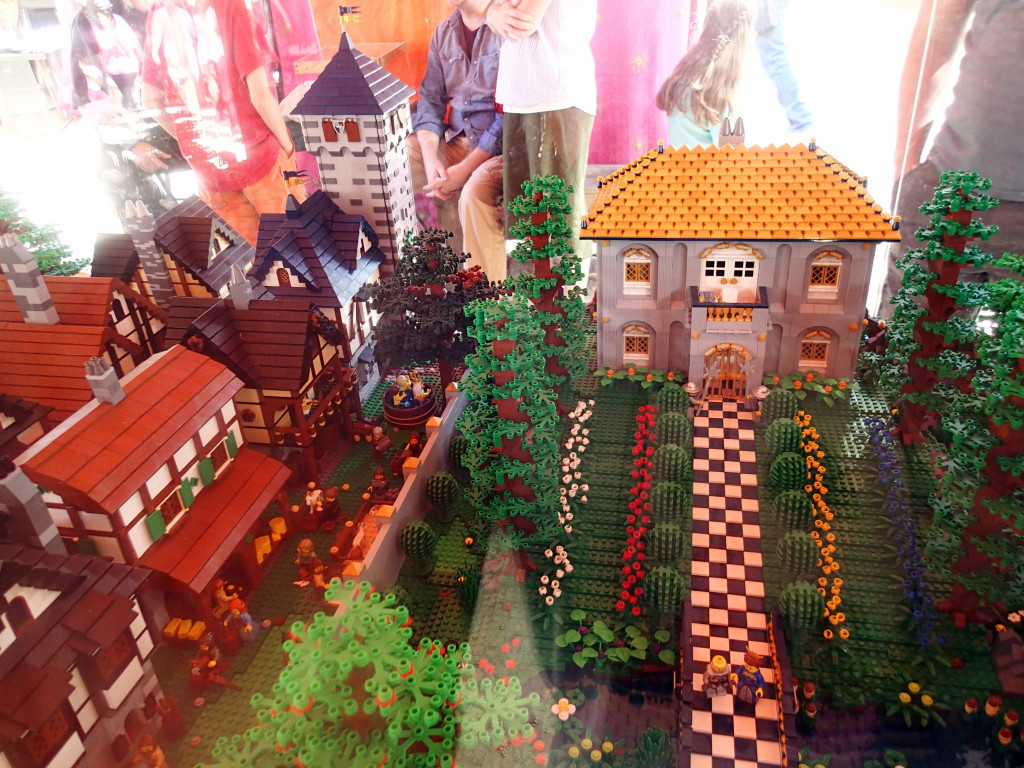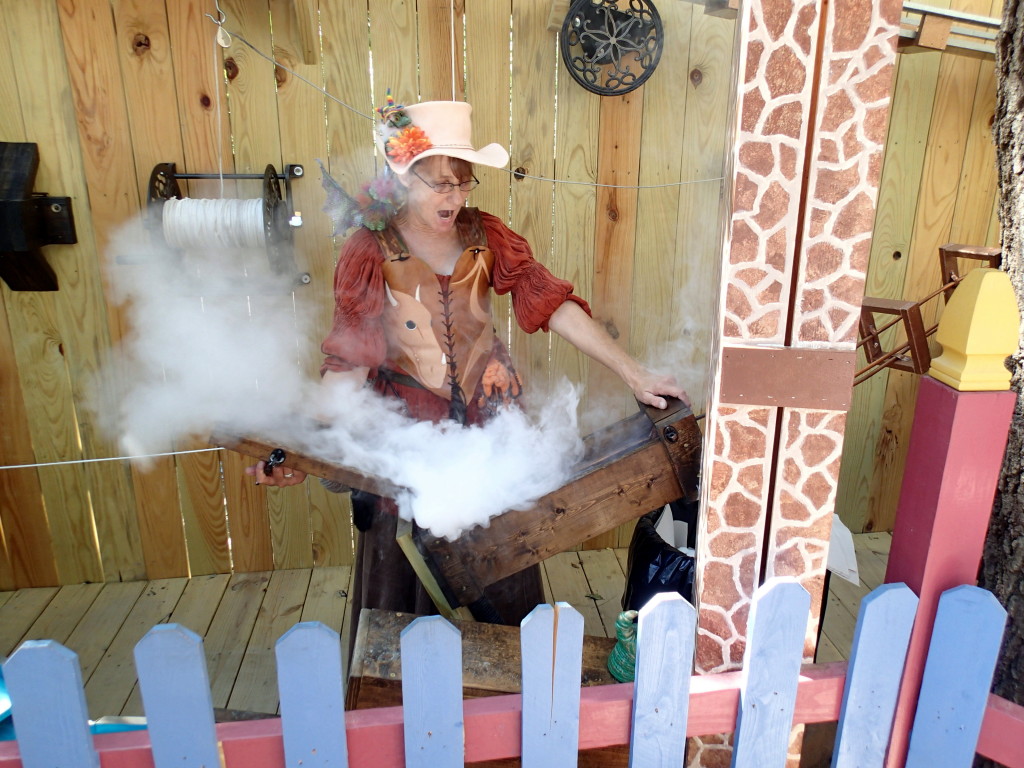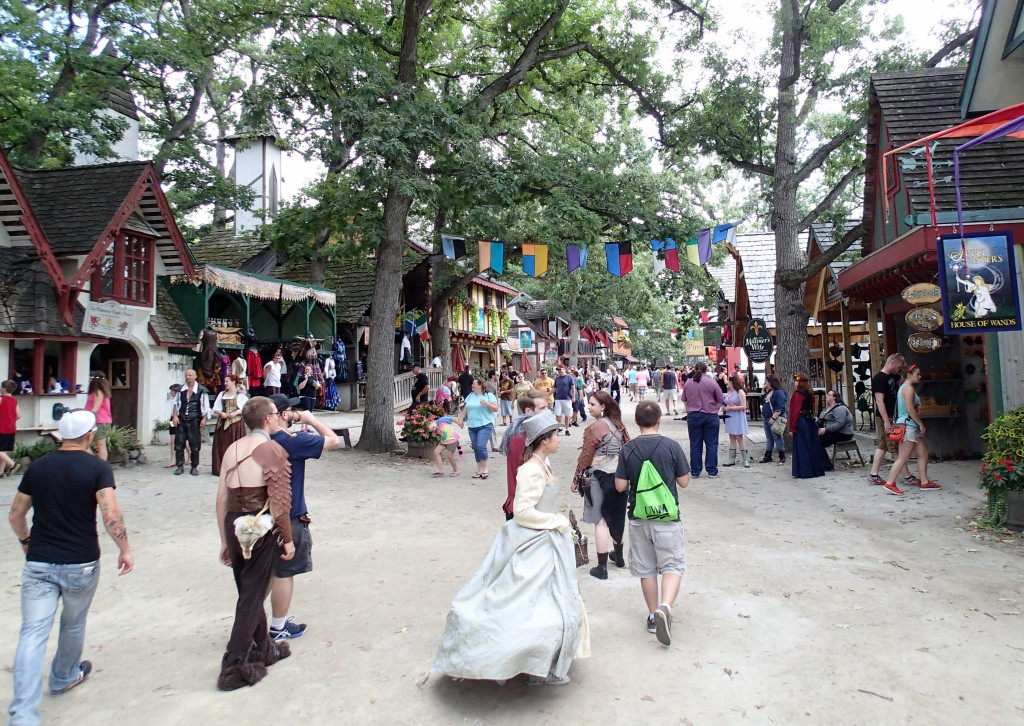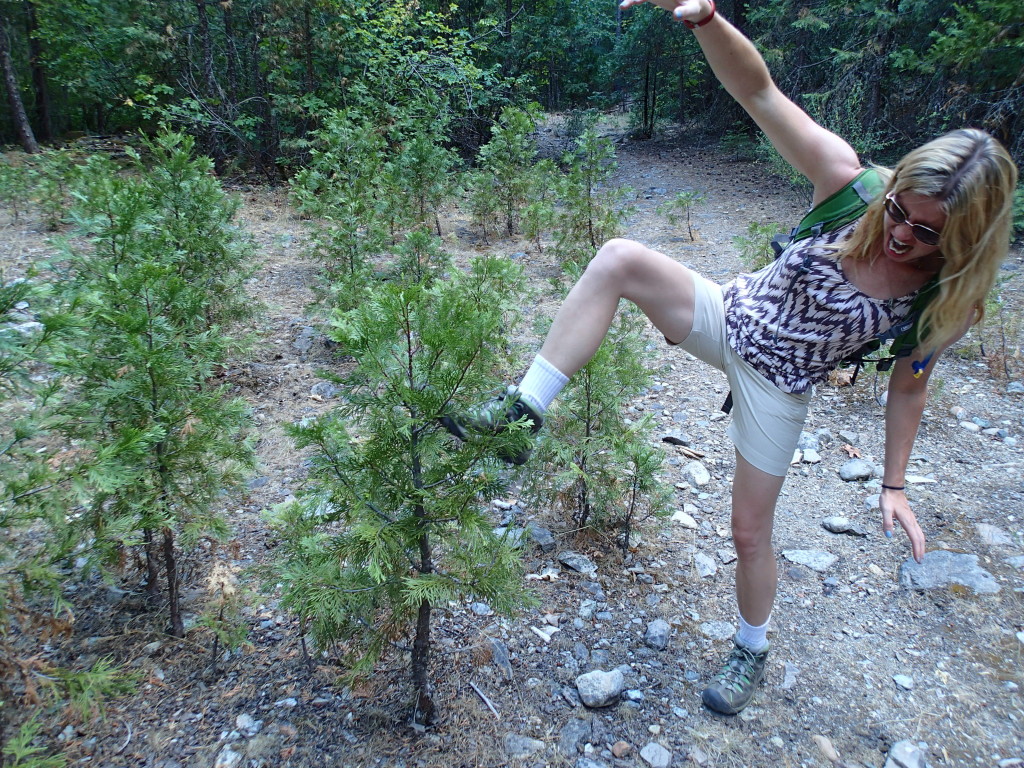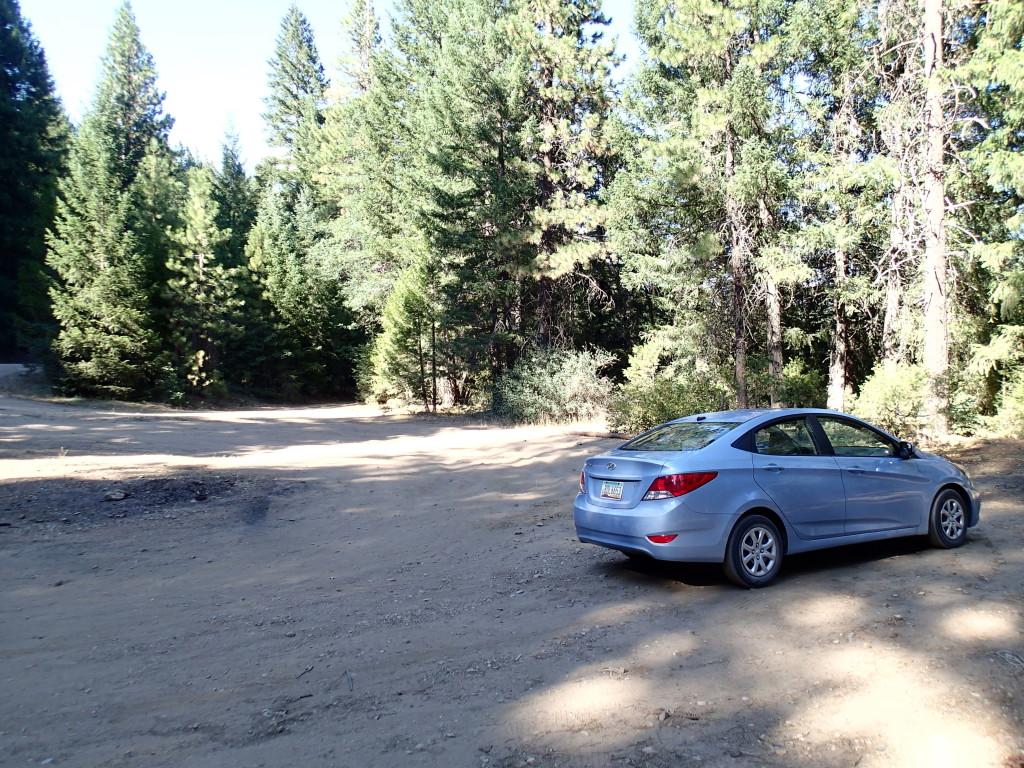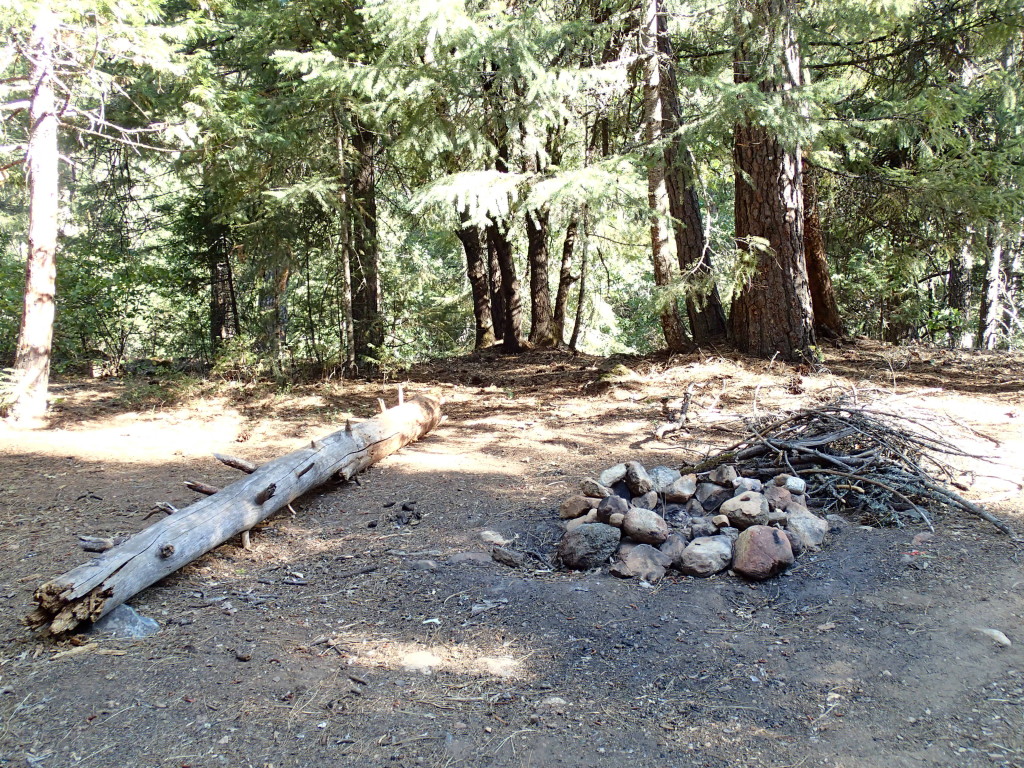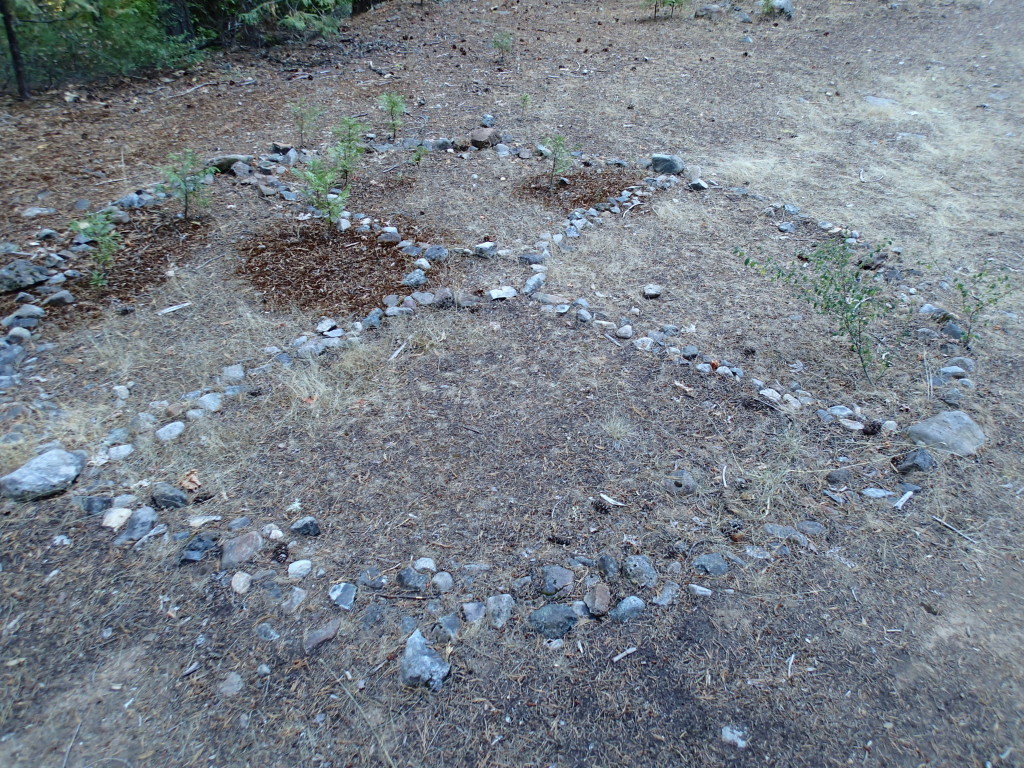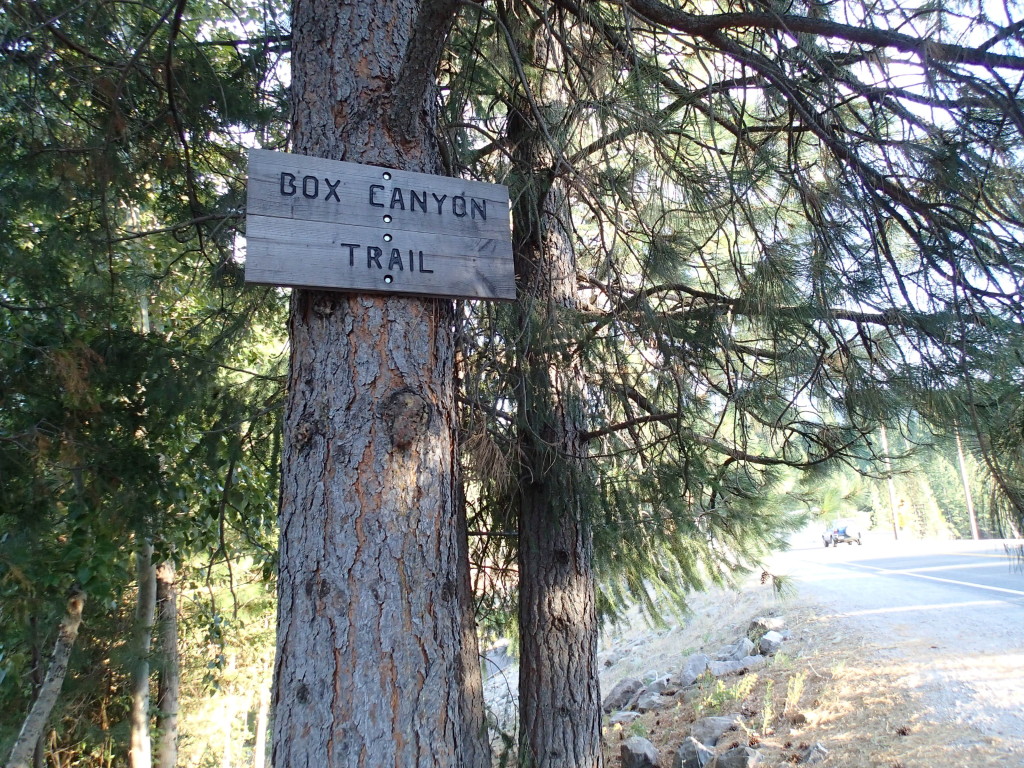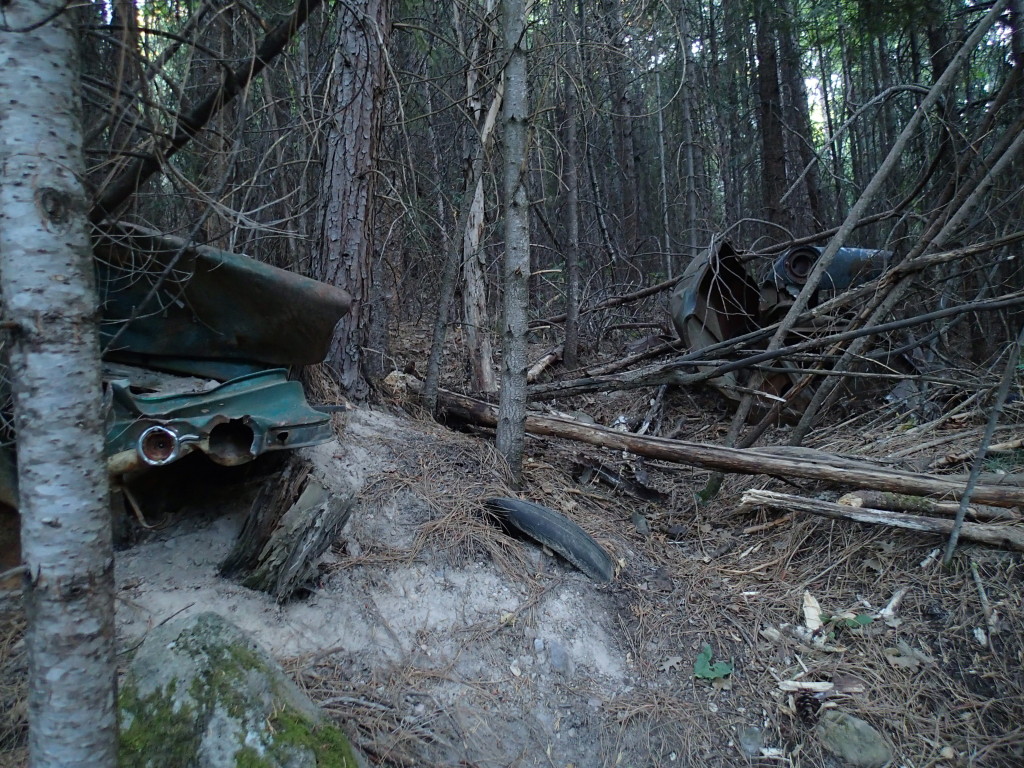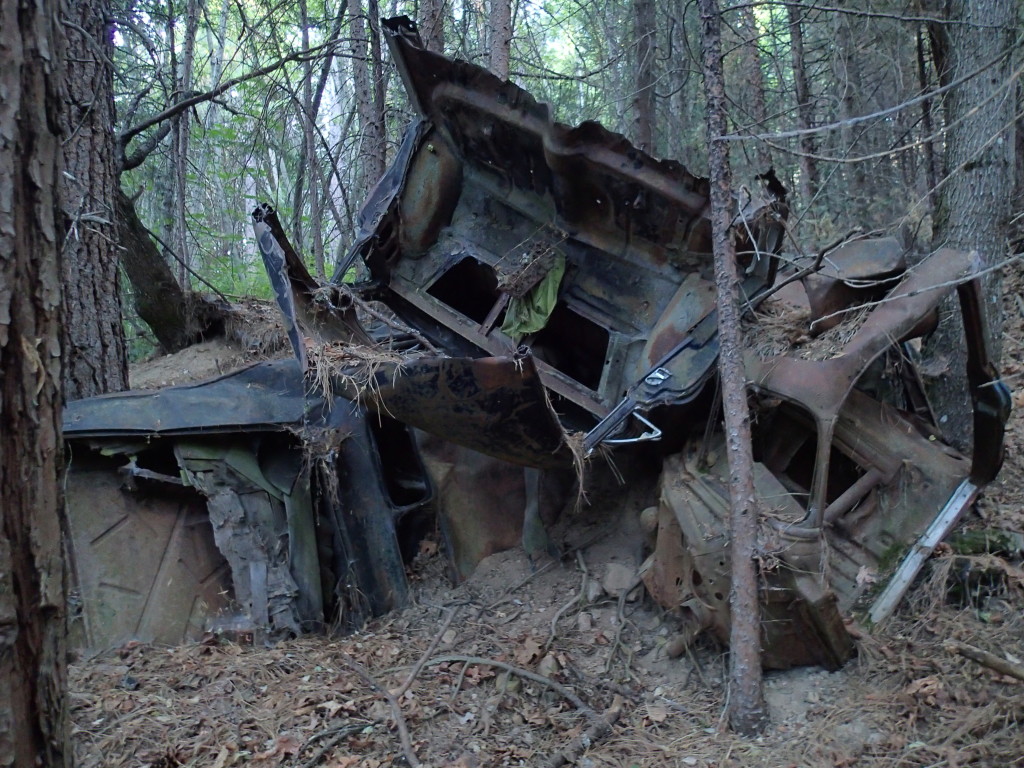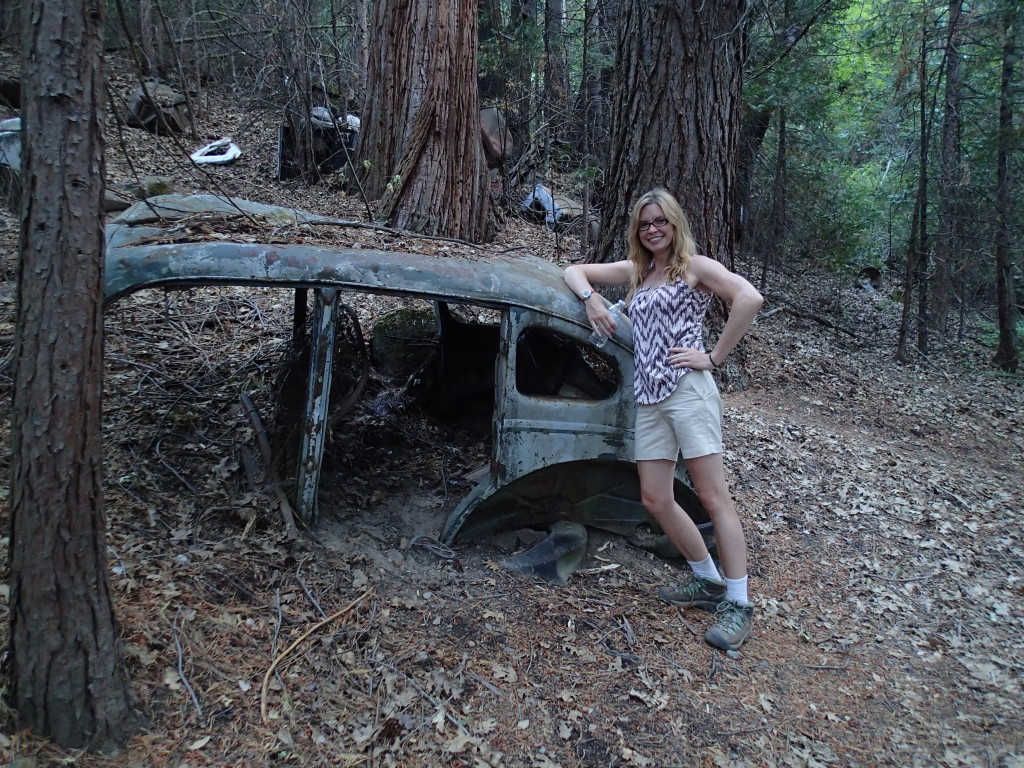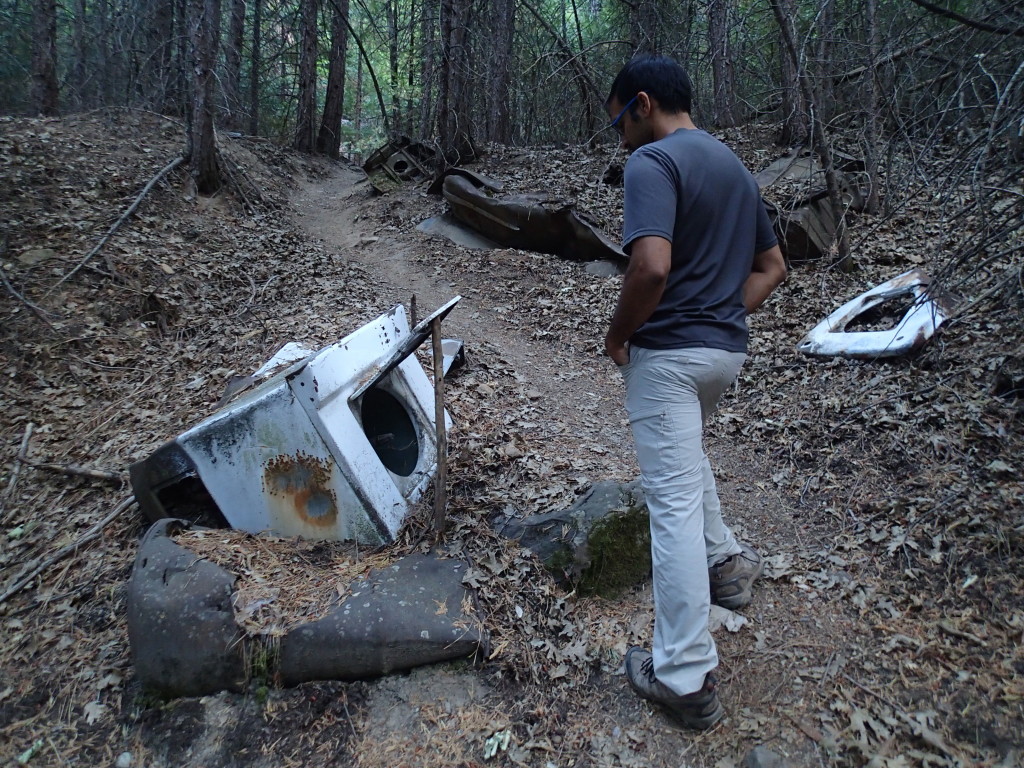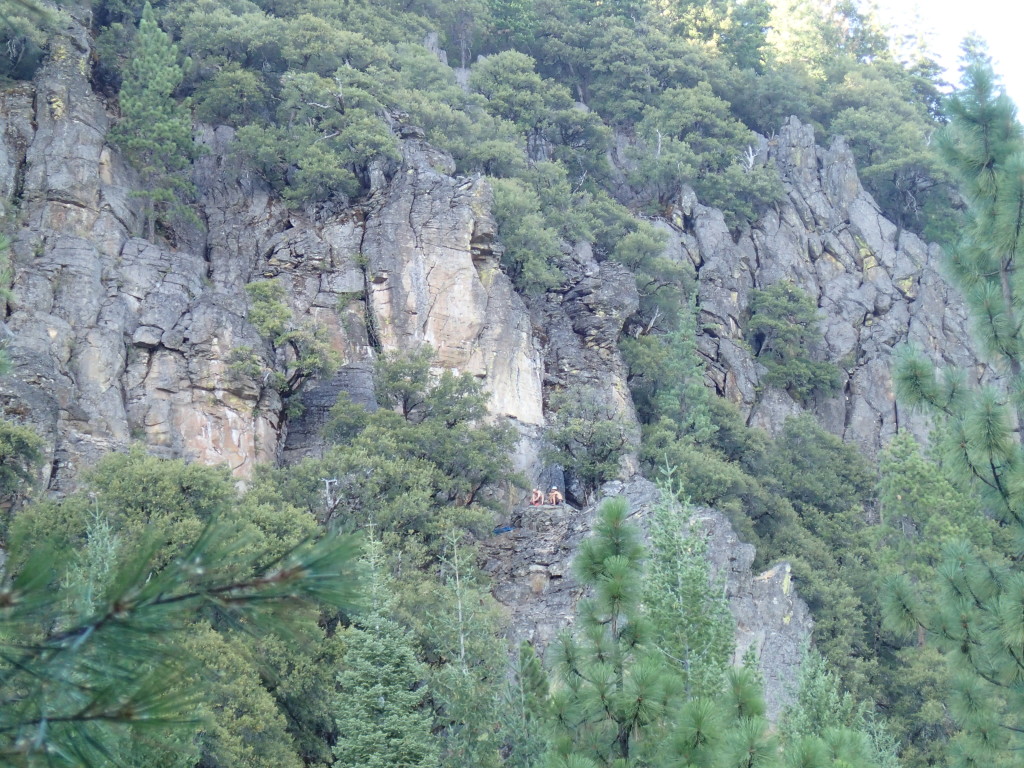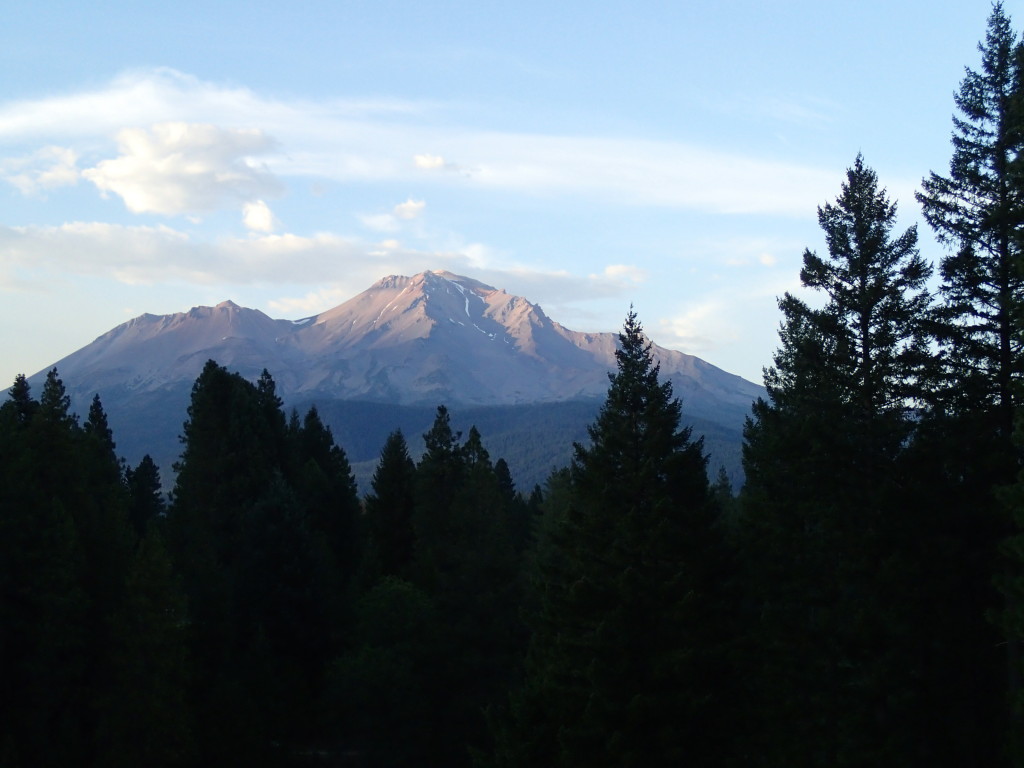When many people travel to Oregon, they fly into Portland and only venture out a short distance to Mount Hood and the Columbia River Gorge. However, Oregon’s western coastline is one of the best kept road trip secrets in America.
Drive along the idyllic Highway 101 to experience nearly 400 miles of jagged cliffs, pine forests, historic lighthouses, and sandy beaches. This stretch of seaside towns barely resembles the bikini-clad beaches of sunny California, but that’s part of the beauty of this mystical and romantic terrain.
I recently got to experience the Oregon Coast for myself and visit several of these towns. I’m saving the rest for a longer future road trip when I have a little more time to spend in the area!
So if you’re traveling north from California on a road trip of your own, don’t miss these charmingly beautiful beach towns along the Oregon coast. From bottom to top, these are a few of my favorites. Just don’t forget to bring a sweater because the average summer high temperature along the Oregon coast rarely reaches 60-degrees!
Brookings/Harbor
Brookings and Harbor are two neighboring towns that have a combined population of about 10,000 people. The Chetco River is very scenic and this area known as the Easter Lily Capital of the World, since most of the world’s potted lily bulbs are produced in this region. You can set up camp at either Harris Beach State Park or Alfred A. Loeb State Park in this area at any time of the year.
North Bend/Coos Bay
The cities of North Bend and Coos Bay constitute the largest population center on the Oregon coast, so there are plenty of dining, shopping, and lodging options available here for road trippers. North Bend even has an airport with regular commercial jet service. Before you reach Florence, stop at the Oregon Dunes National Recreation Area, which spans over 40 miles and has easy access for day use areas and hiking.
The Sunset Bay State Park and the Cape Arago Lighthouse are worth a stop as well. This lighthouse sands 100 feet above the ocean, and although it’s not open to the public, you can view it from an overlook just south of the Sunset Bay campground.
Florence
The town of Florence is tucked away behind some sand dunes along the river, and dune buggy tours are a popular activity in this area. There’s a casino nearby if you’re looking to test your luck, and there are some restaurants and shops in town to explore as well. This is a great place to sample locally-made saltwater taffy and search for rare antiques. To get more in touch with nature, the Jessie M. Honeyman Memorial State Park offers year-around camping opportunities.
Seal Rock
Although Seal Rock is a very small and incorporated community, it’s worth a stop because of the picturesque Seal Rock State Park. Here you’ll find huge rocks extending out into the ocean and excellent wildlife observation areas to scope out seals, birds, and sea lions.
Newport
Newport is the most well-known and popular Oregon coast town to visit, so it becomes fairly congested during the summer months. There are two lighthouses in this area, the Yaquina Bay and the Yaquina Head lighthouses, and both are open for public tours.
Take some time to hike along the shore and out onto a jetty to watch locals fish for clams and crabs and to feel the cool ocean breeze on your skin. The recreation areas in this area are the Beverly Beach State Park and the Yaquina Bay State Recreation Site.
Lincoln City
Lincoln City is another popular beach town, with a population of about 7,000 people and extending for about eight miles. Snap a photo by the world’s shortest river, the D River, and stop by the casino here if you need a short driving break.
Stop by one of the local kite shops to pick up a uniquely designed kite to fly at the beach and take advantage of the steady winds. Devil’s Lake State Park is the nearest recreation site to explore at your leisure.
Pacific City
If you’re craving a little refreshment at this point in the drive, make a stop in Pacific City to visit the Pelican Brewing Company, which enjoys an ideal location right along the beach.
Pacific City’s beach resembles a postcard and is a common place to find surfers, stand-up paddle-boarders, horseback riders, and fishermen all doing what they do best.
Tillamook
For something a little different along your drive of the Oregon coast, take a slight detour to Tillamook to see the region’s lush green pastures and samples some products from the local agricultural industry.
One of the best places to stop is the Tillamook Cheese Factory, which offers free samples of cheese, sells ice cream, features a self-guided tour, and has a large gift shop.
To sample even more local products, head down the road to Blue Heron French Cheese Company, which also has a petting zoo with fun creatures behind fences.
Cannon Beach
Cannon Beach is an upscale community that’s most famous for “Haystack Rock,” the most photographed landmark along the coast. You can hop on the town’s free shuttle bus to check out the town, which has very few permanent residents but sees big crowds on summer weekends. Make sure to stop at nearby Ecola State Park, which is located just a couple miles north of town.
Seaside
One of the most family-friendly beach towns along the coast is Seaside, which has an arcade, bumper cars, and a carousel for kids to enjoy. Take a walk down Seaside’s Broadway to check out shops, restaurants, and mini-golf courses along the way.
When you’re in this area, look for Tillamook Rock Lighthouse, just 1.2 miles seaward of Tillamook Head south of Seaside. Although there is no public access to this lighthouse, you can catch good views from the Oregon Coast Trail near Seaside.
Astoria
Located along the Columbia River at the Washington state border, Astoria is a busy port town with a history of logging, fishing, and shipping.
You can visit the Columbia River Maritime Museum to learn more about the region’s history and Lewis and Clark’s Fort Clatsop, a re-creation of the explorers’ fort just south of town. If you’re looking for a bite to eat at the end of your journey, consider stopping at the Astoria Brewing Company, the Wet Dog Café, or Bowpicker Fish & Chips. If you’re looking to camp in the area, Fort Stevens State Park takes reservations through the year.
*A version of this article is published on one of the online travel magazines I write for, Trips to Discover.


